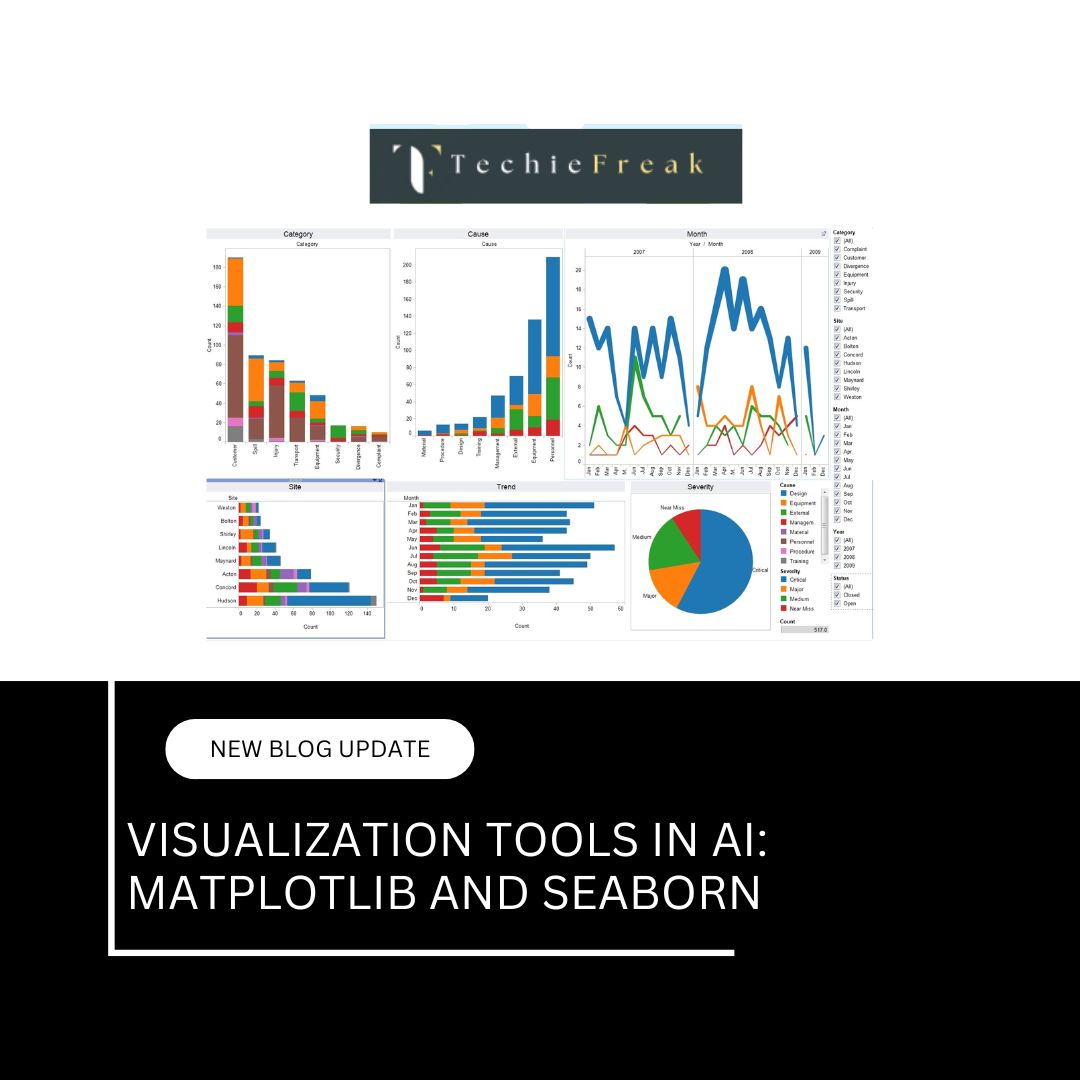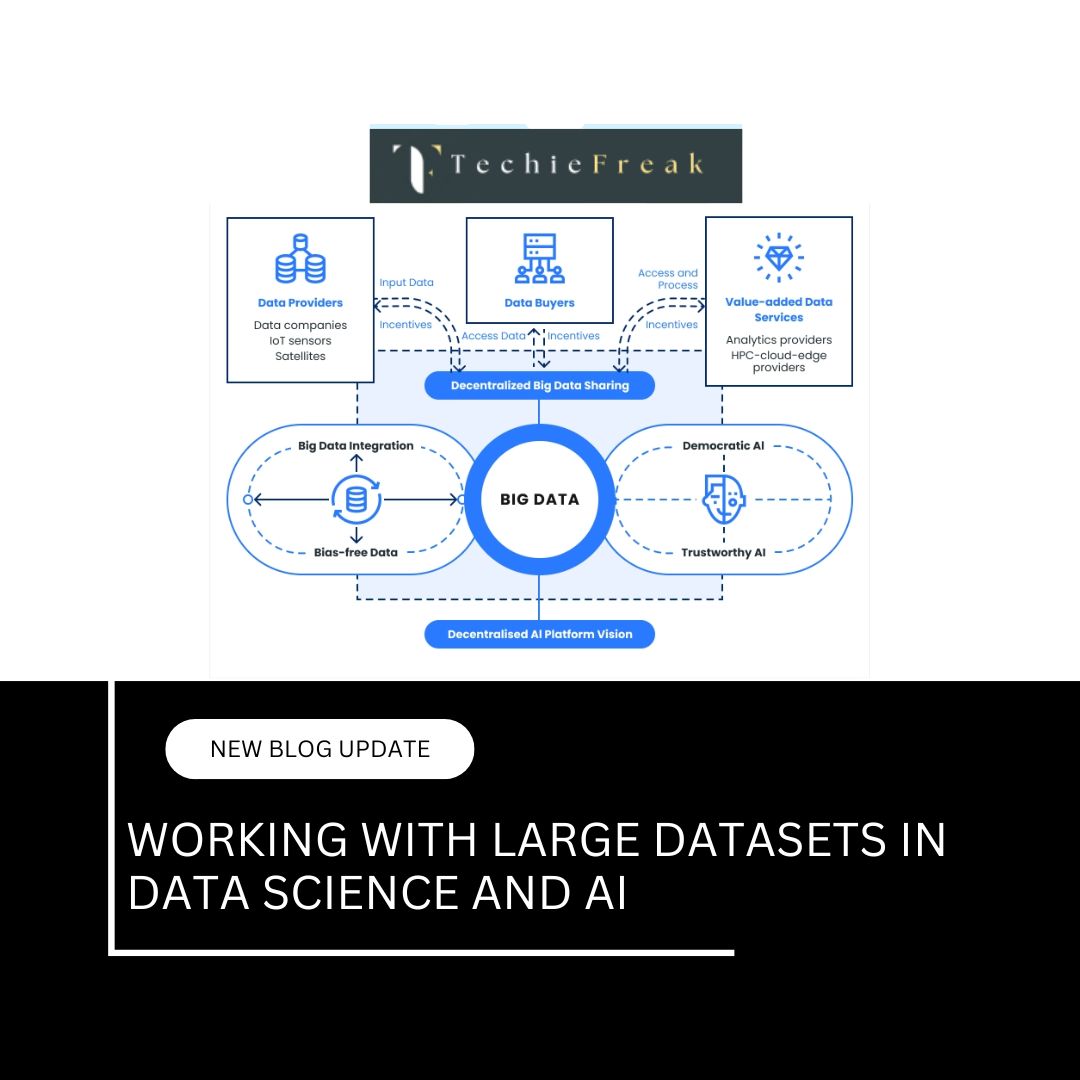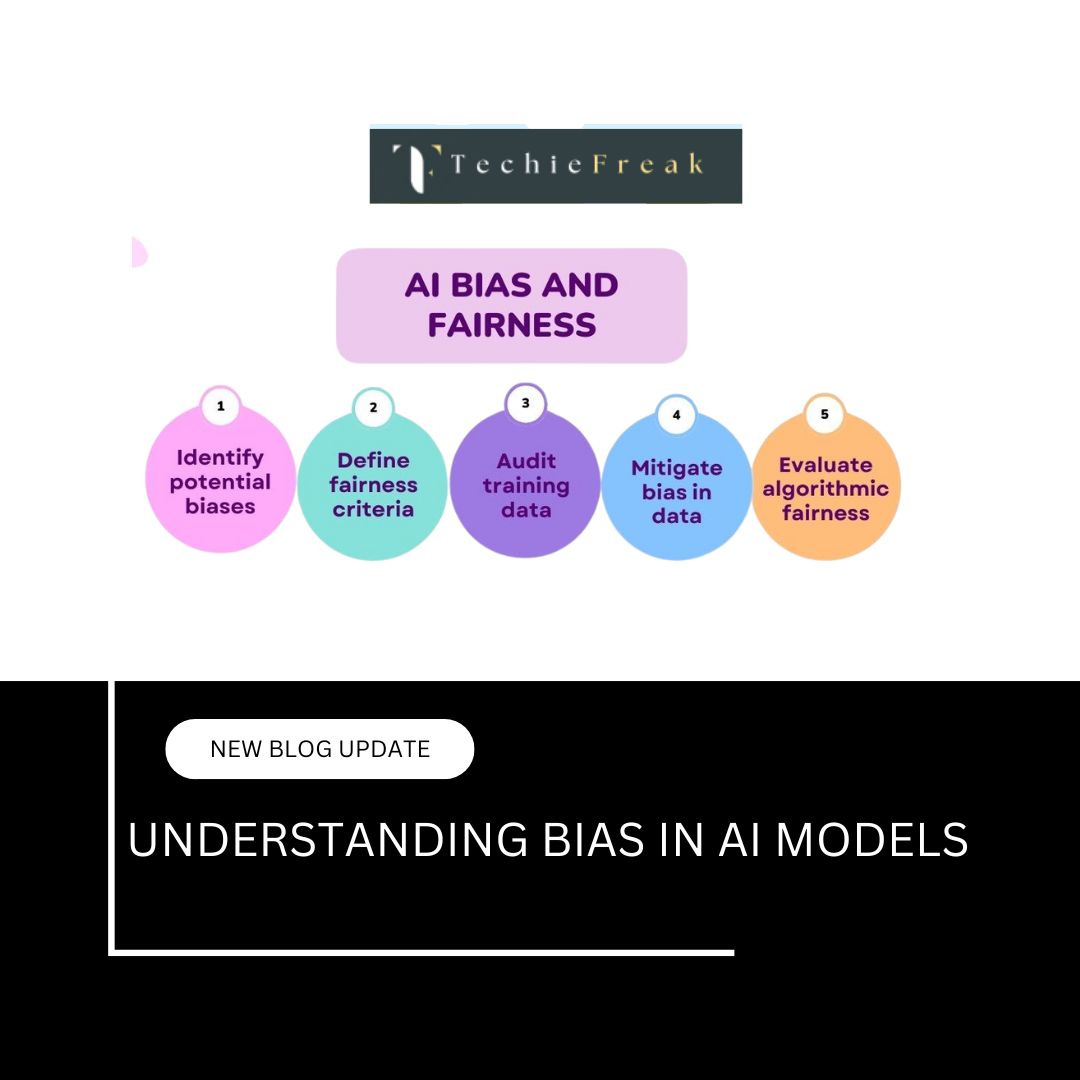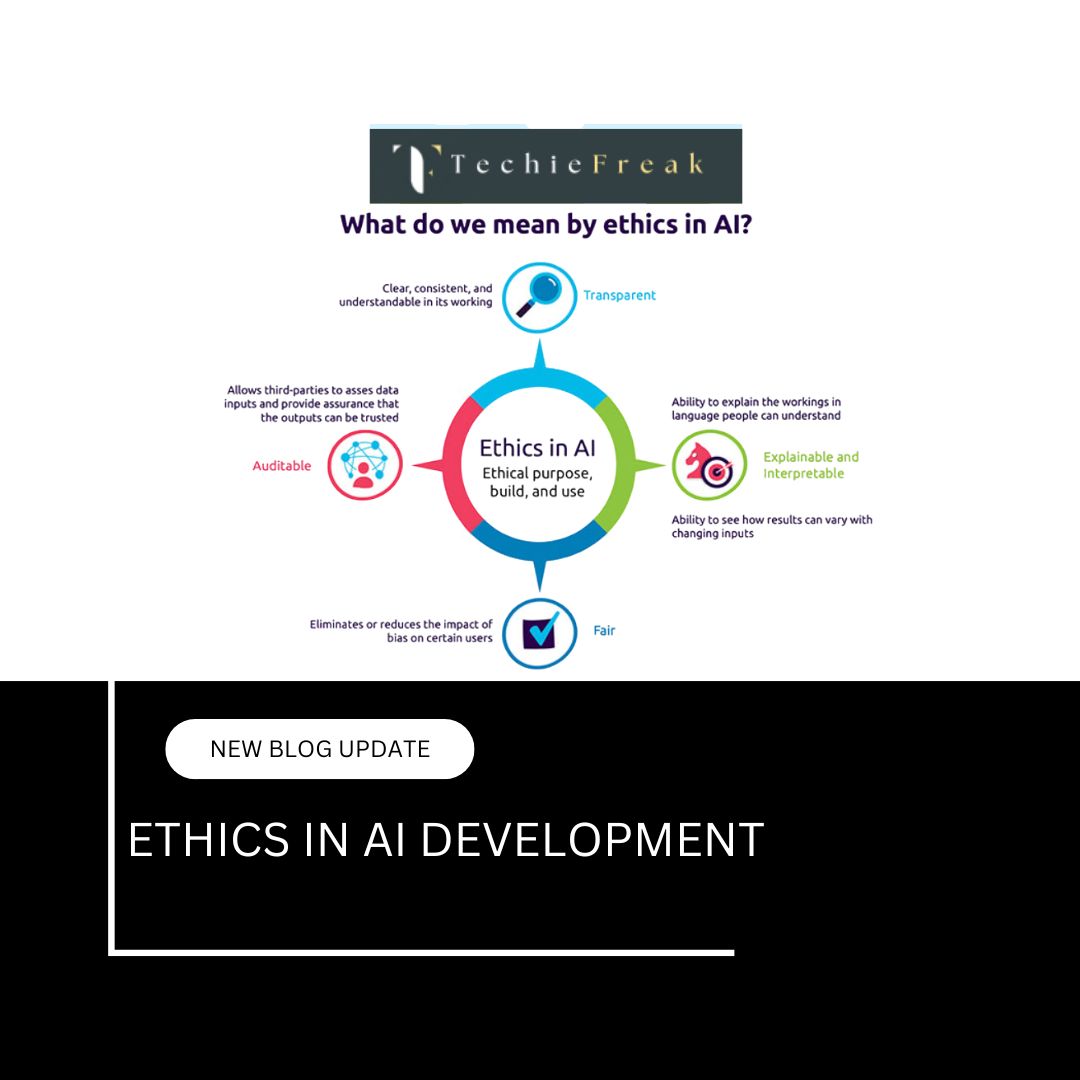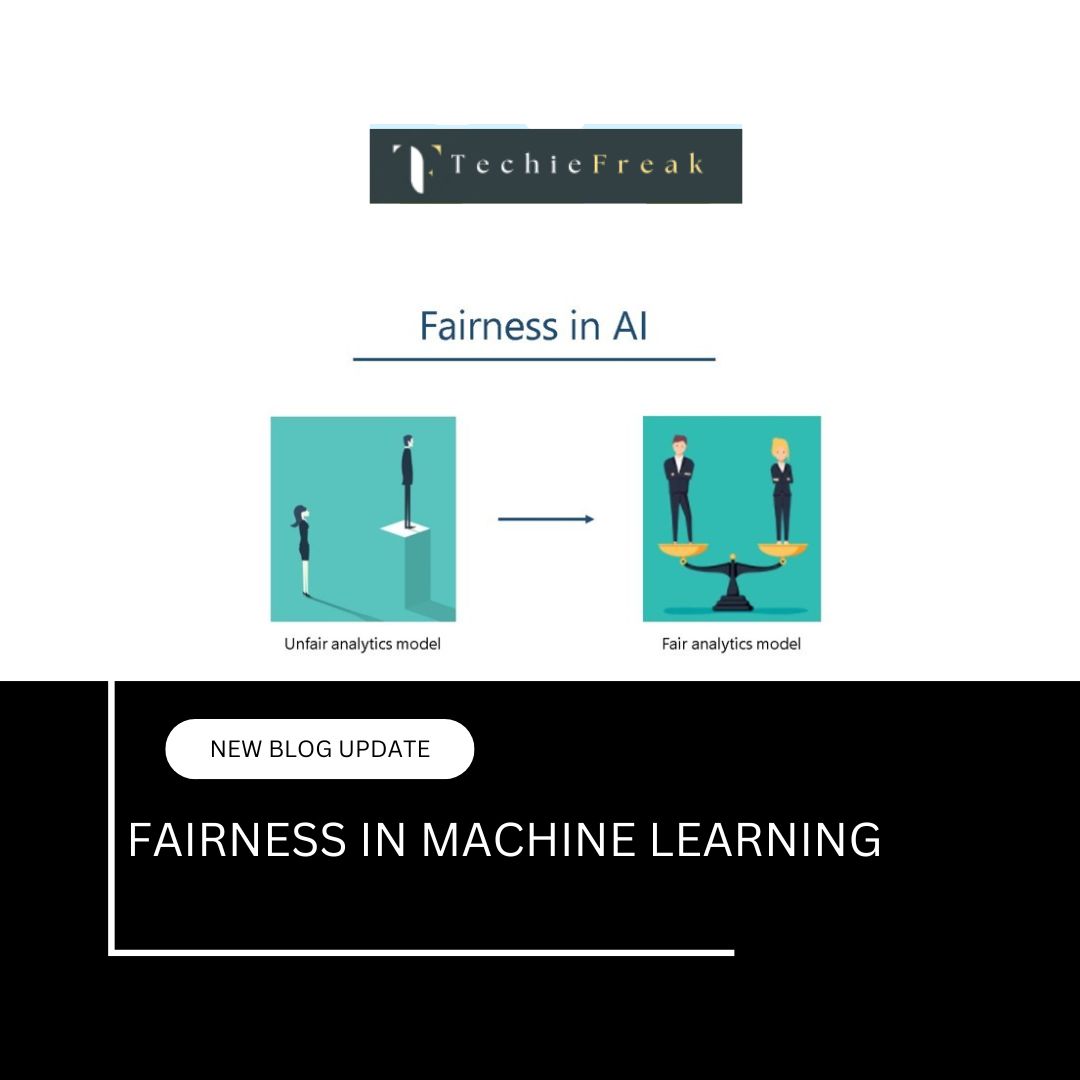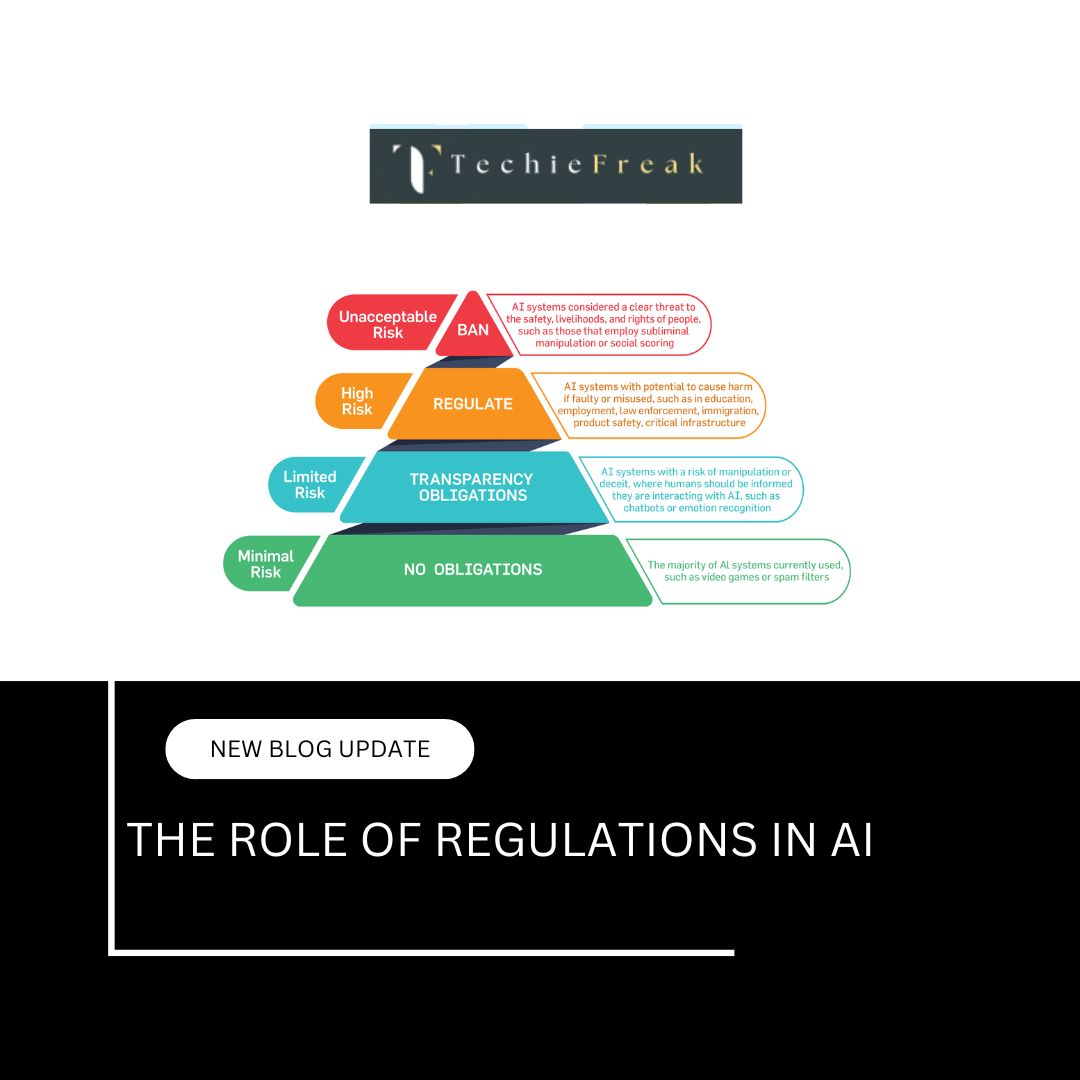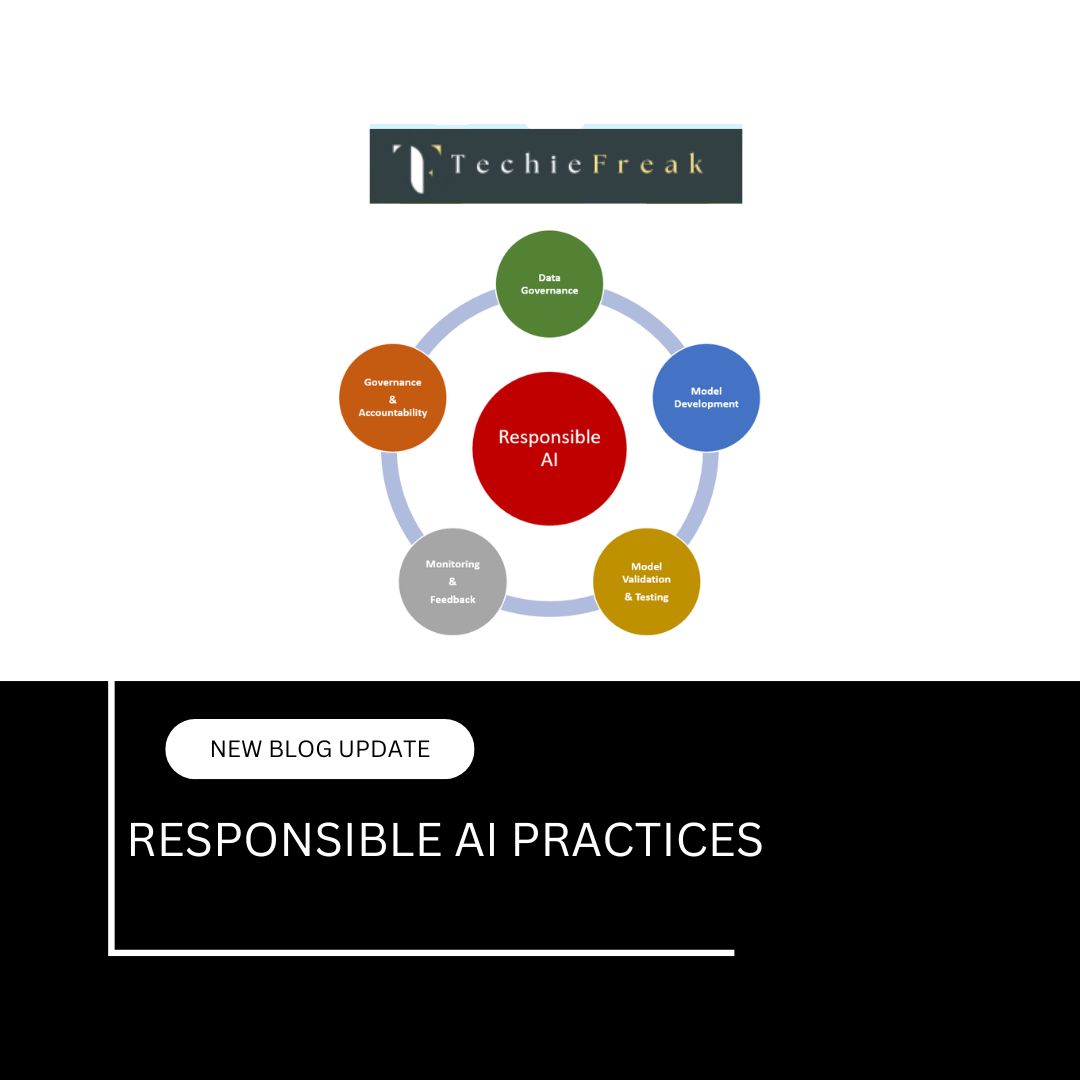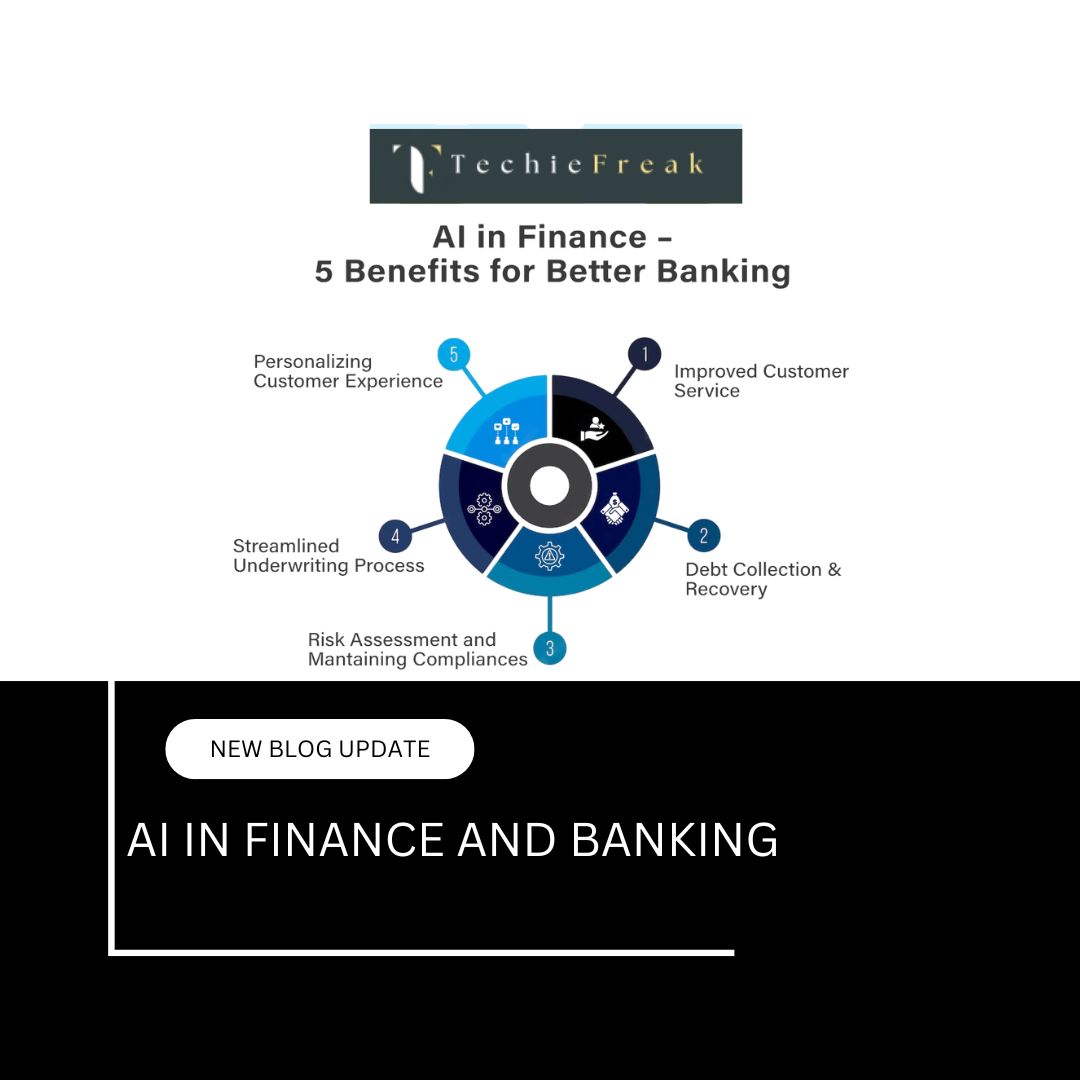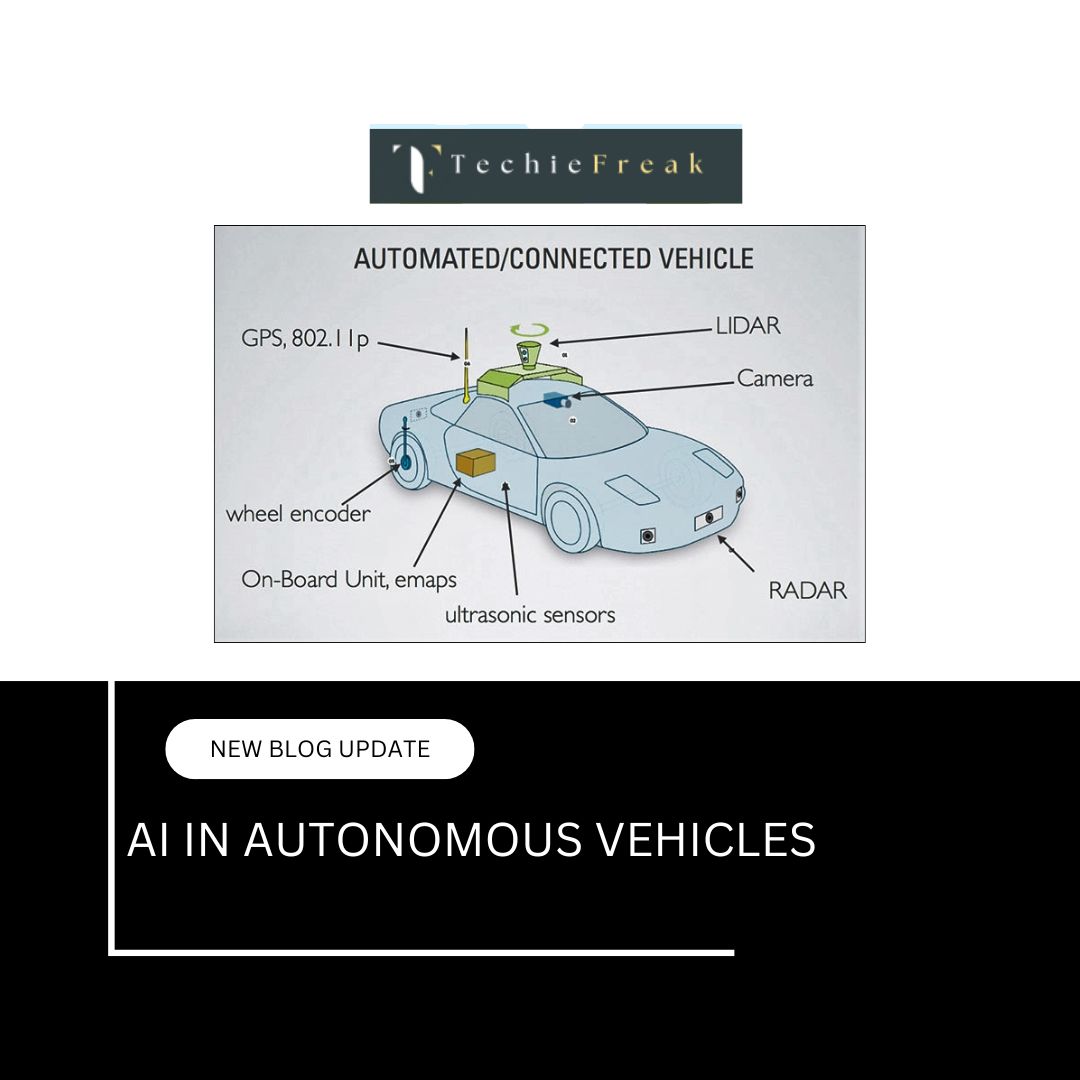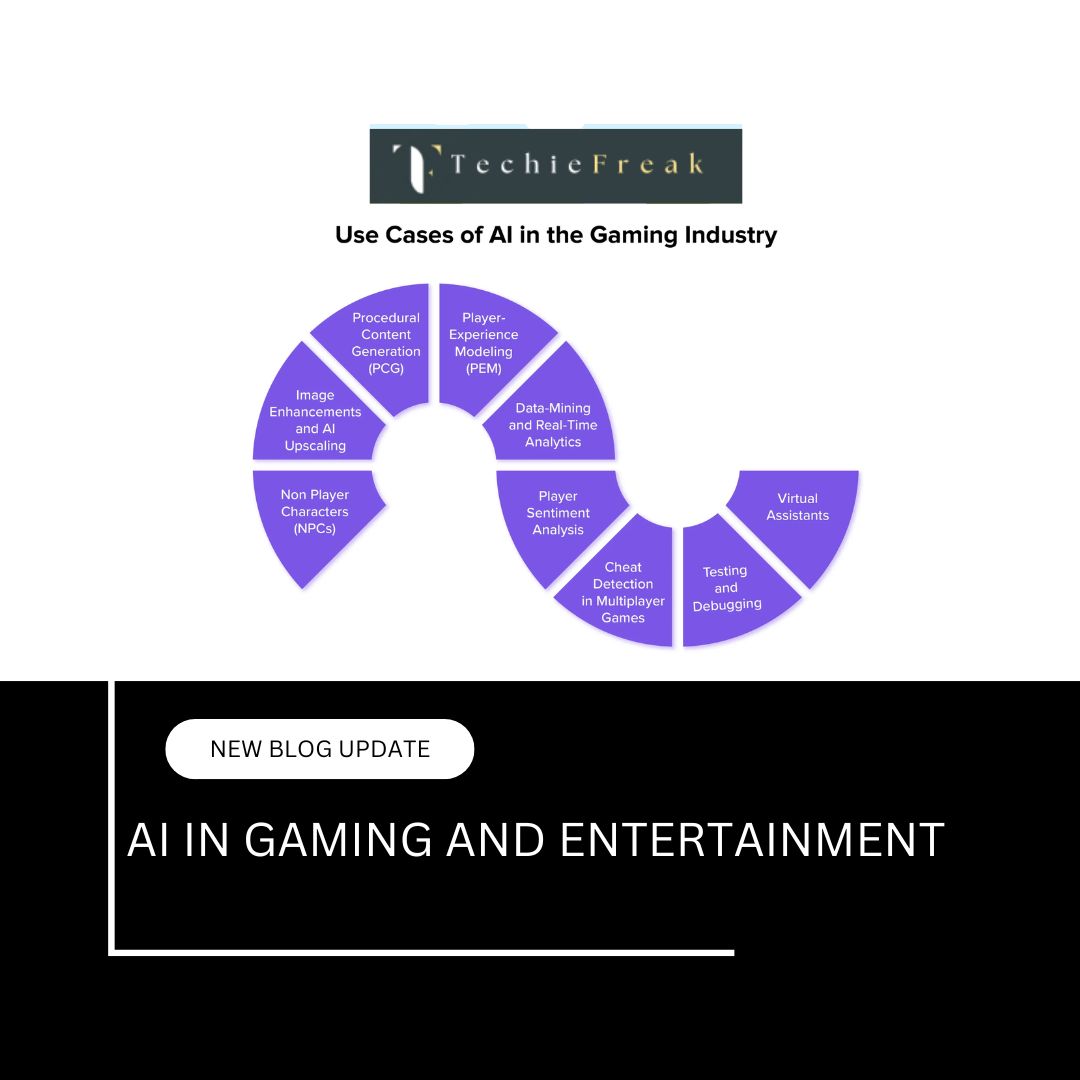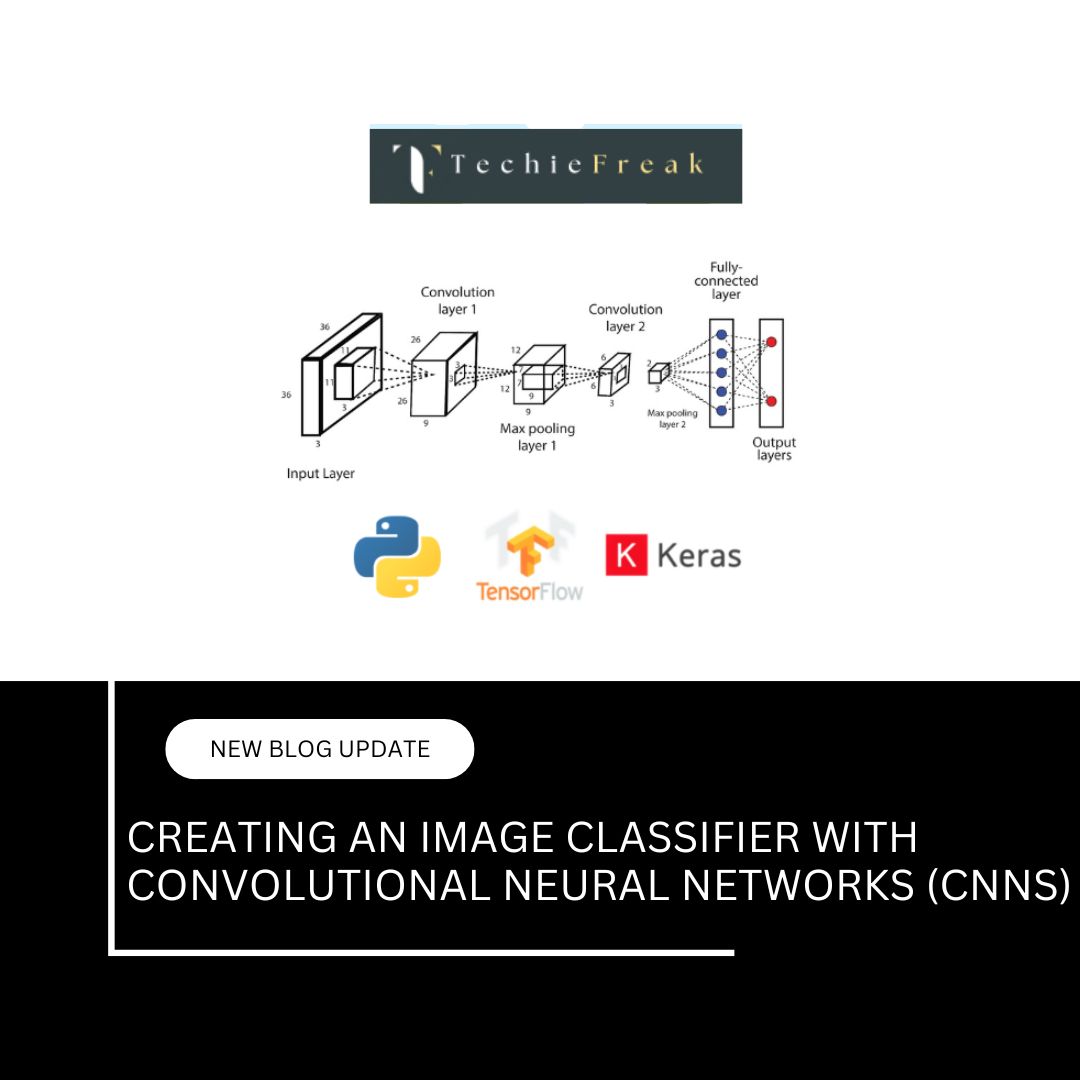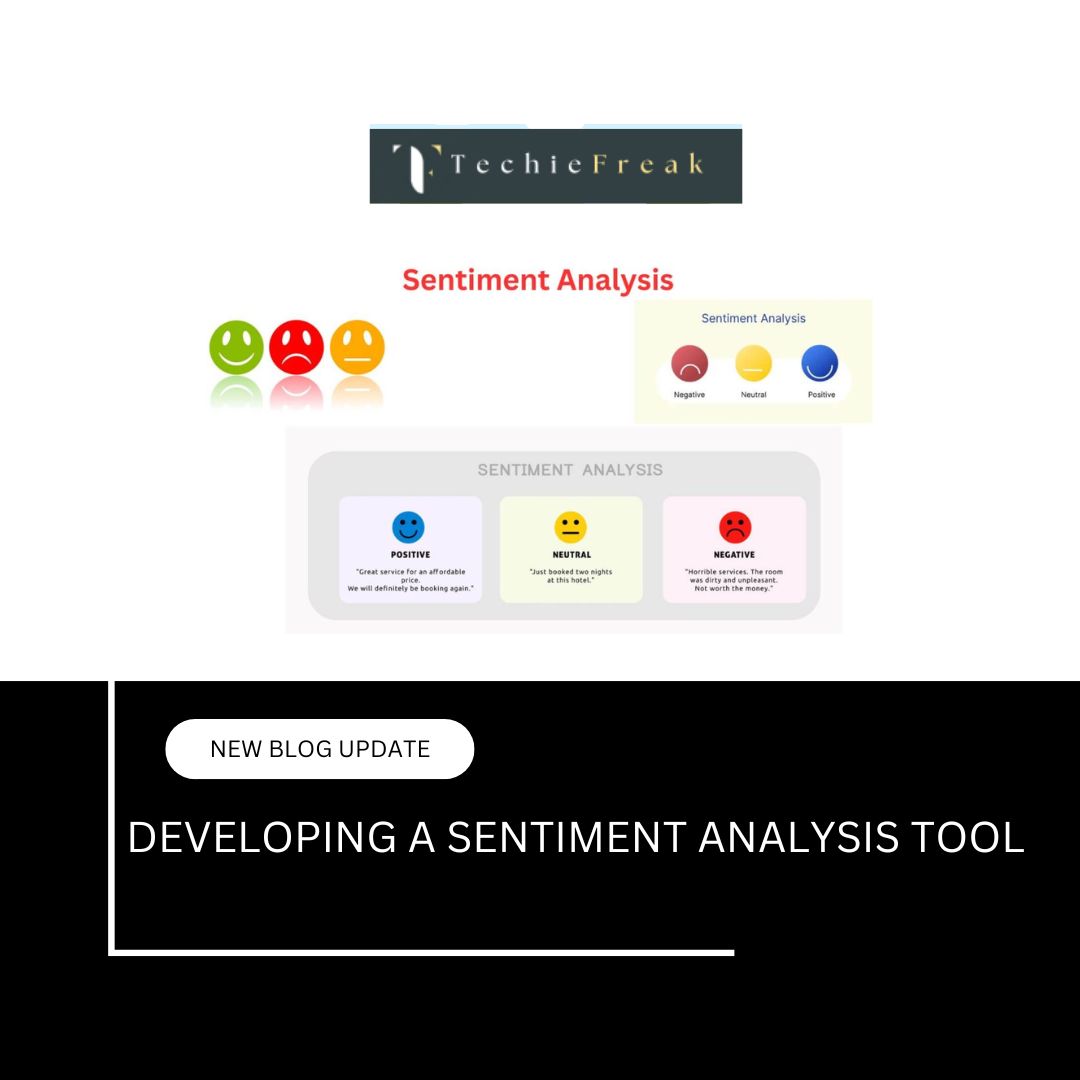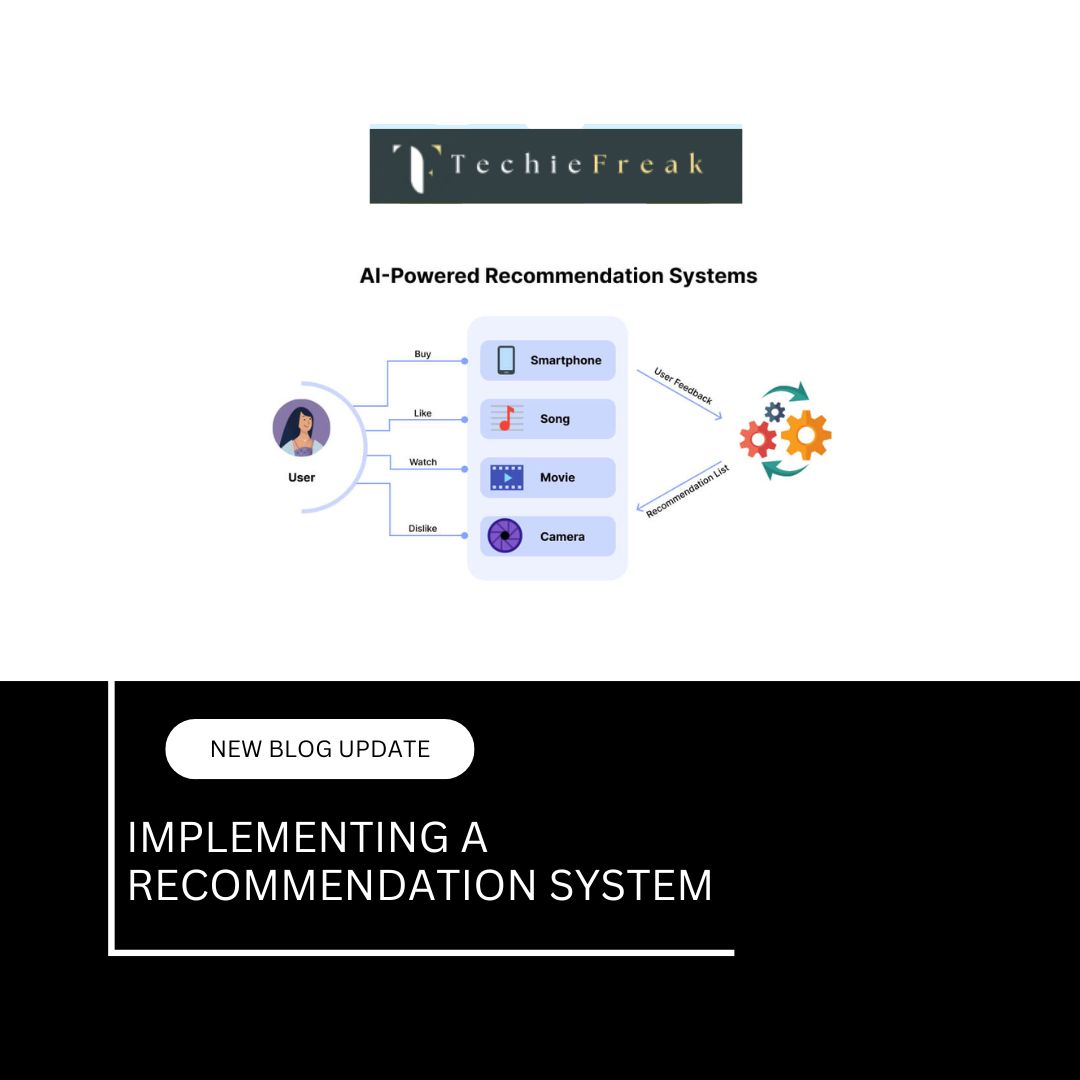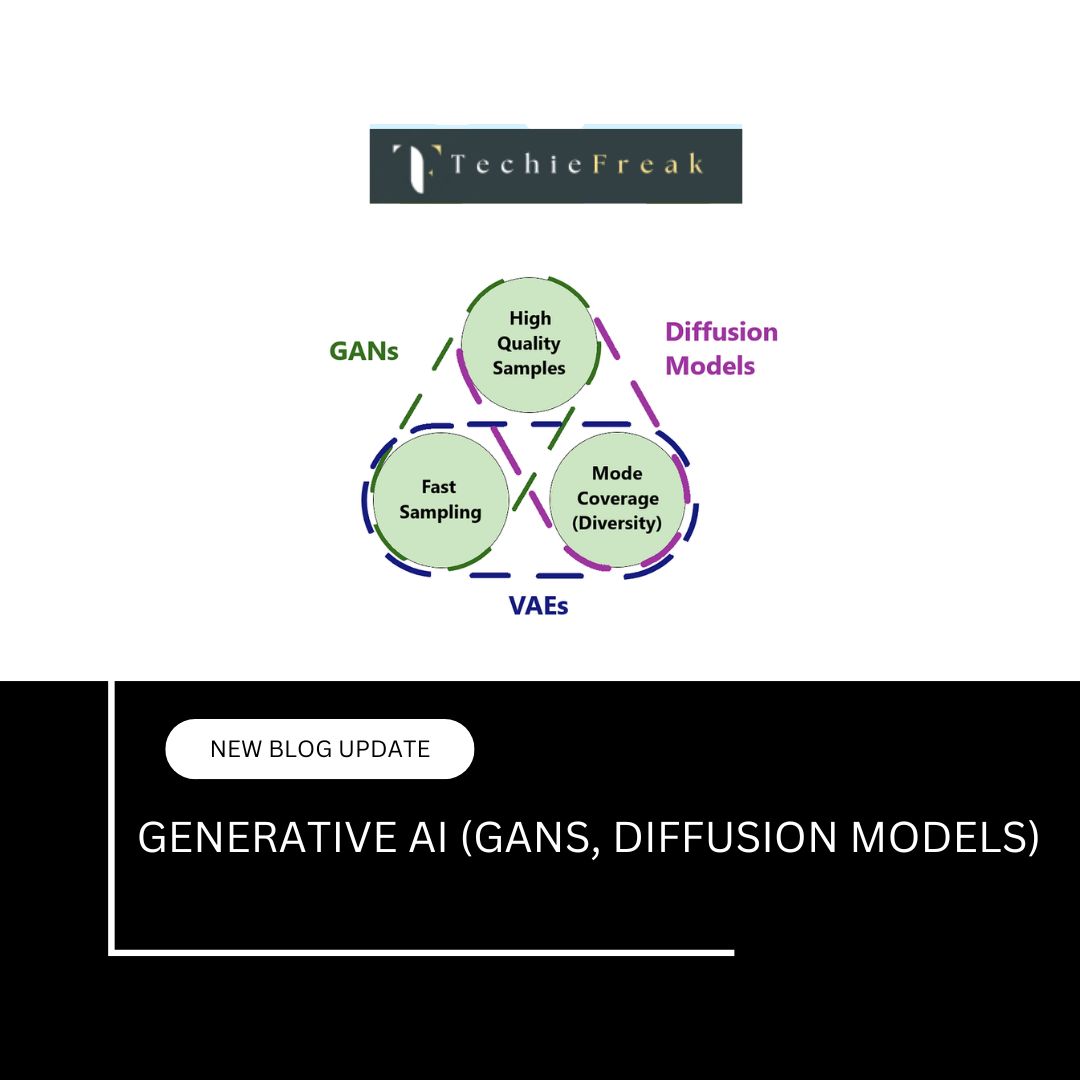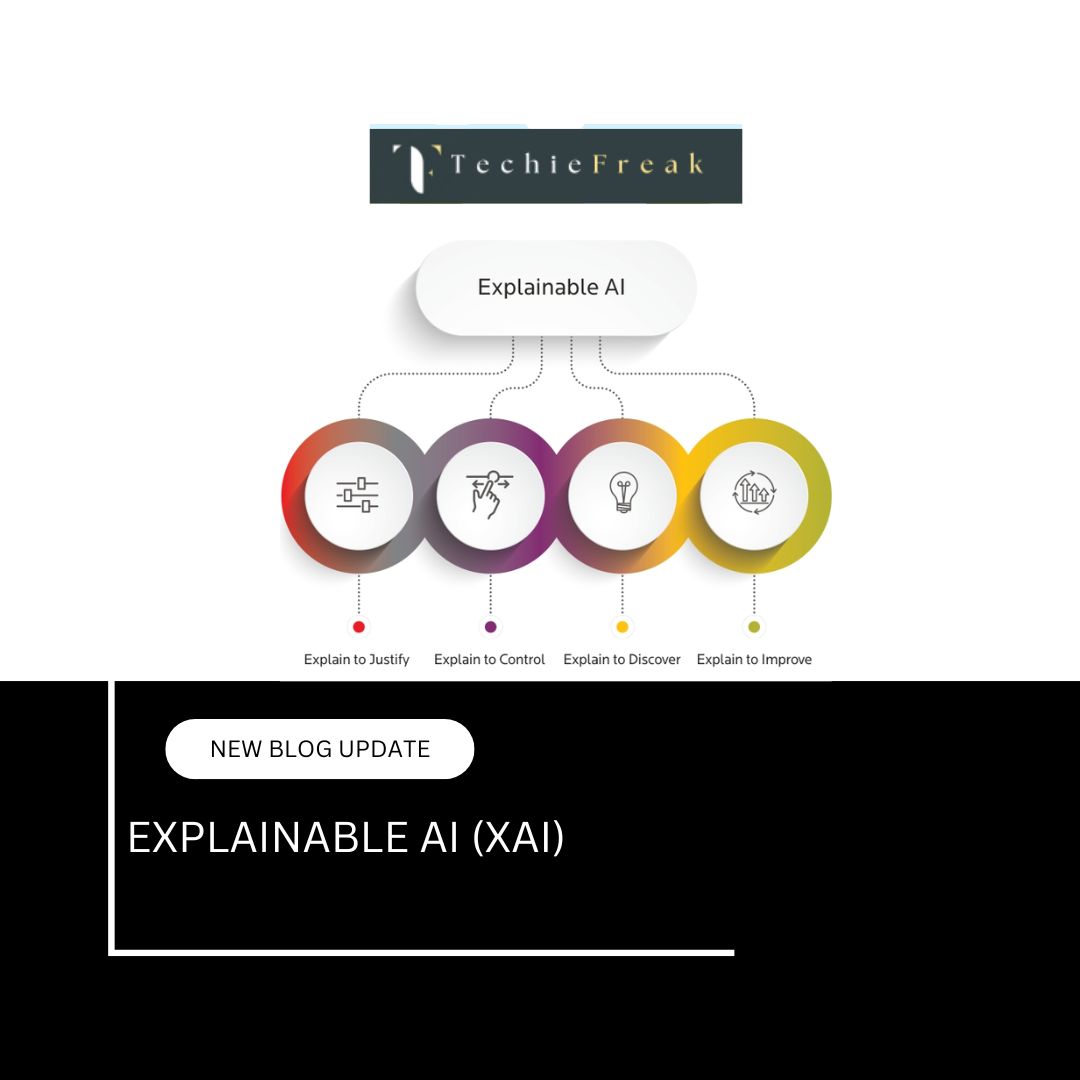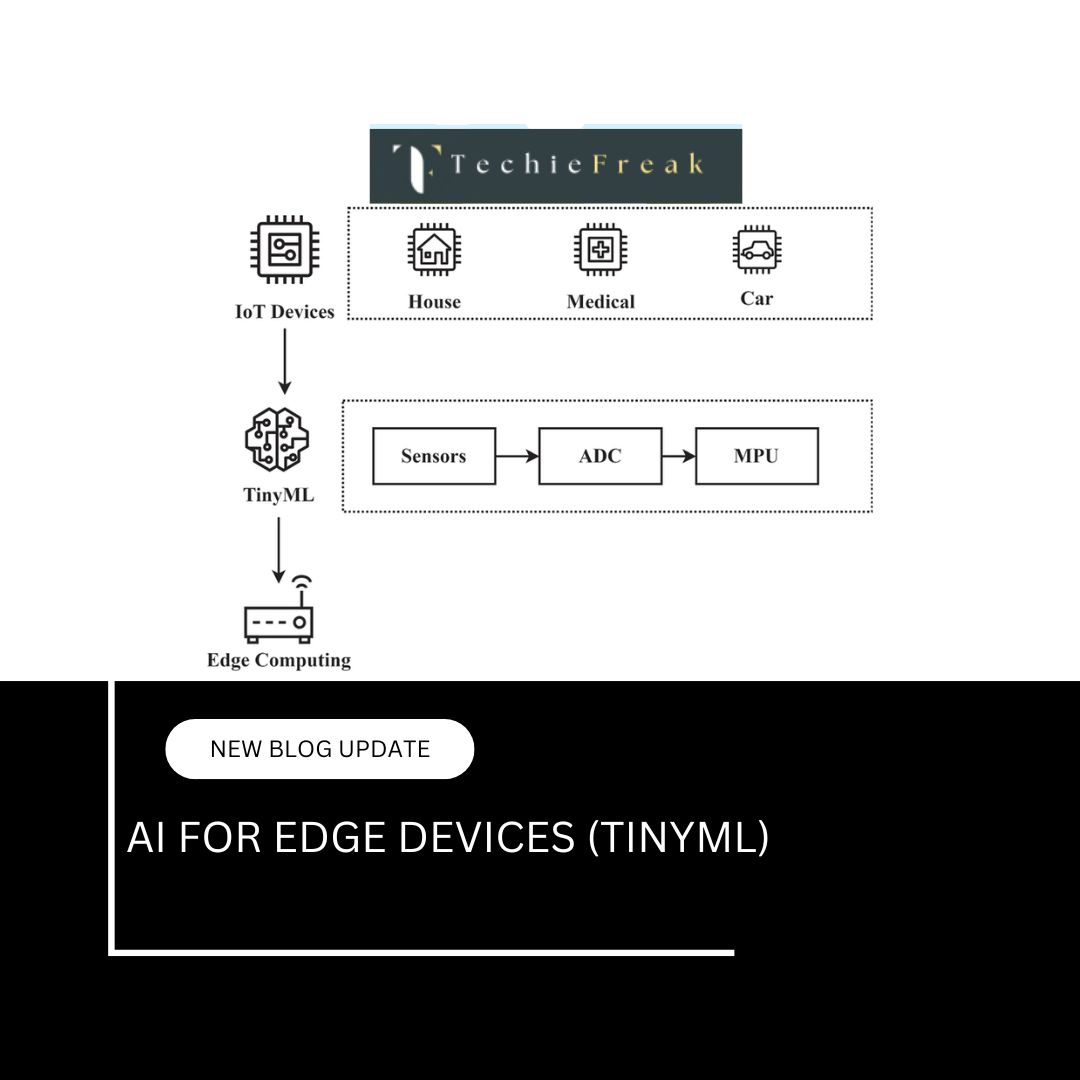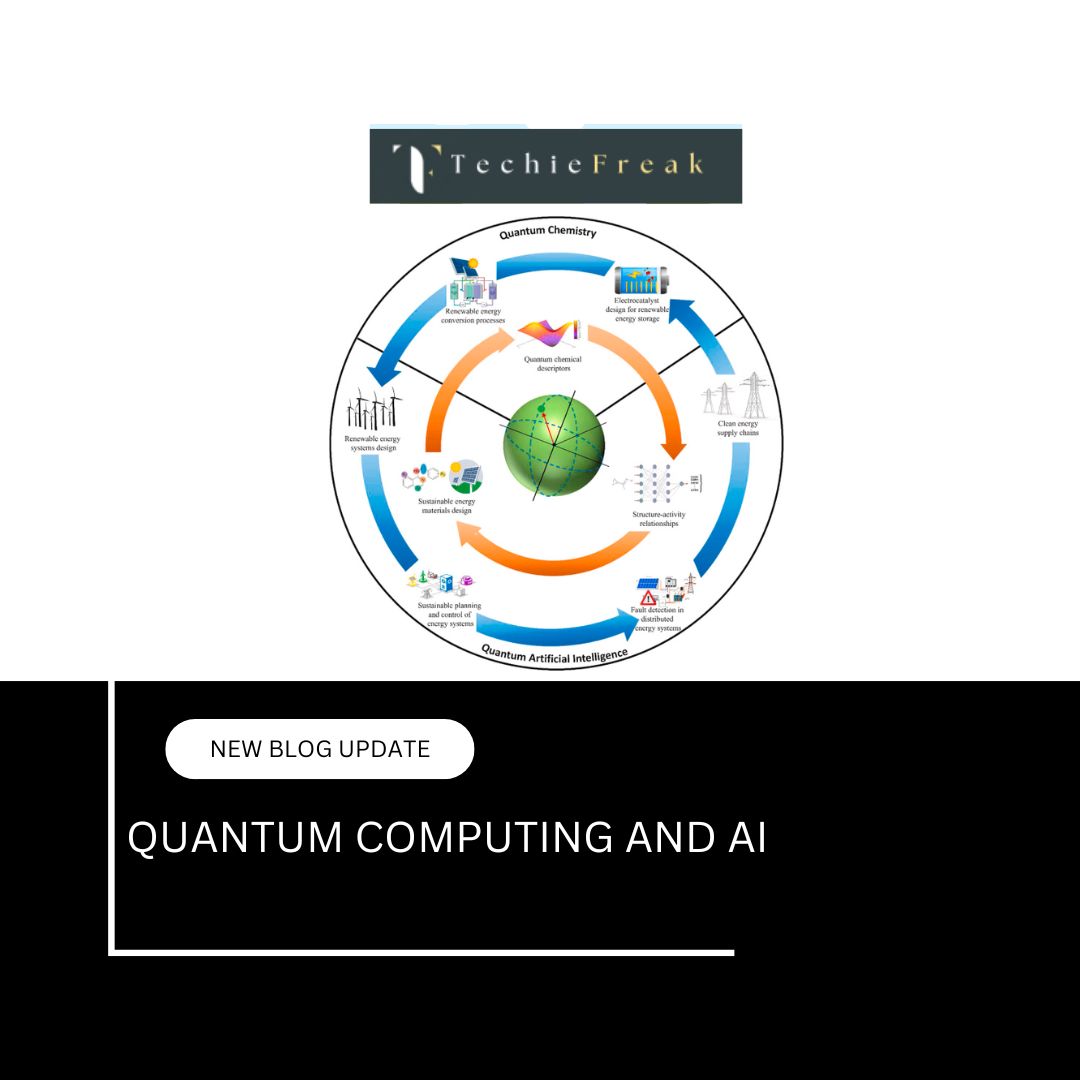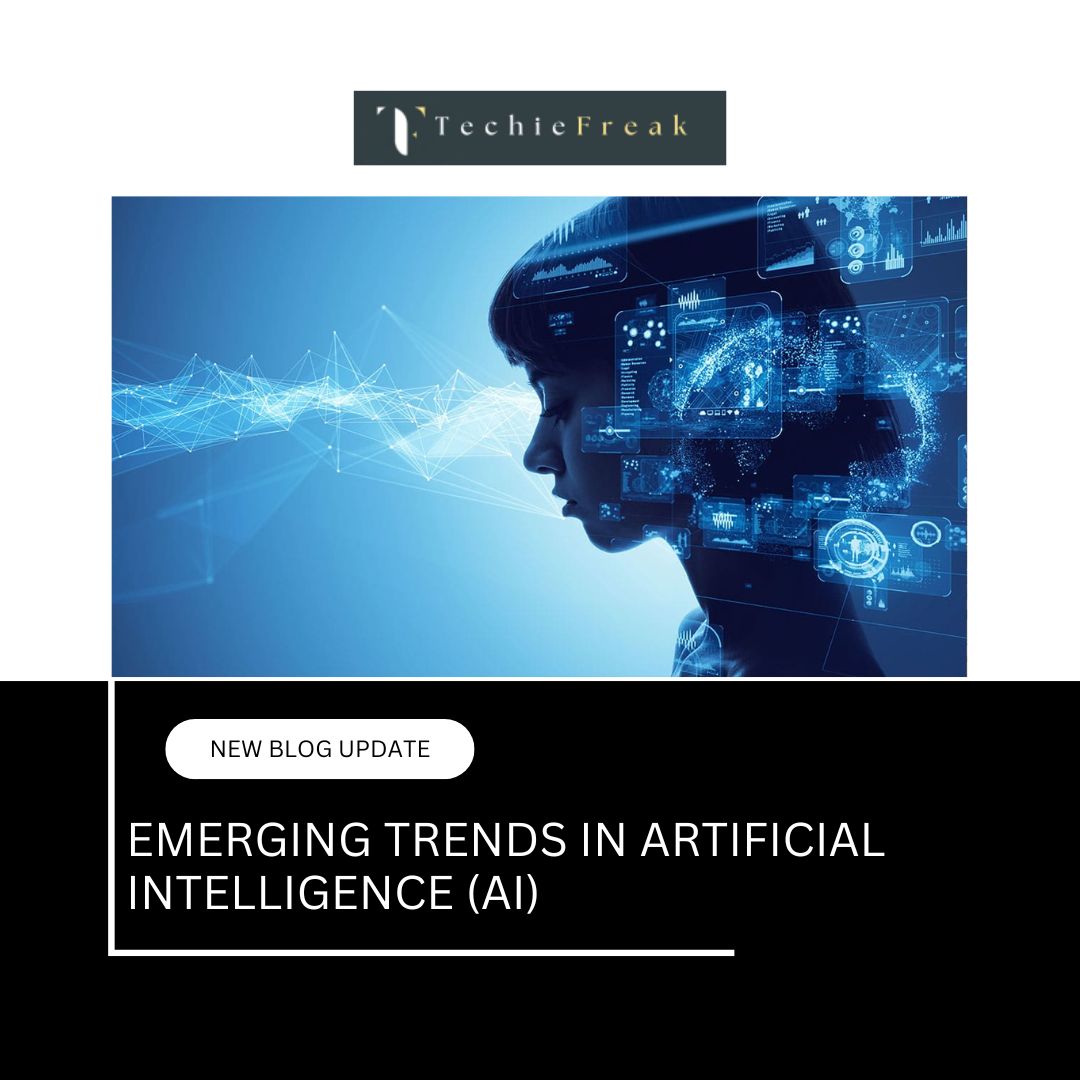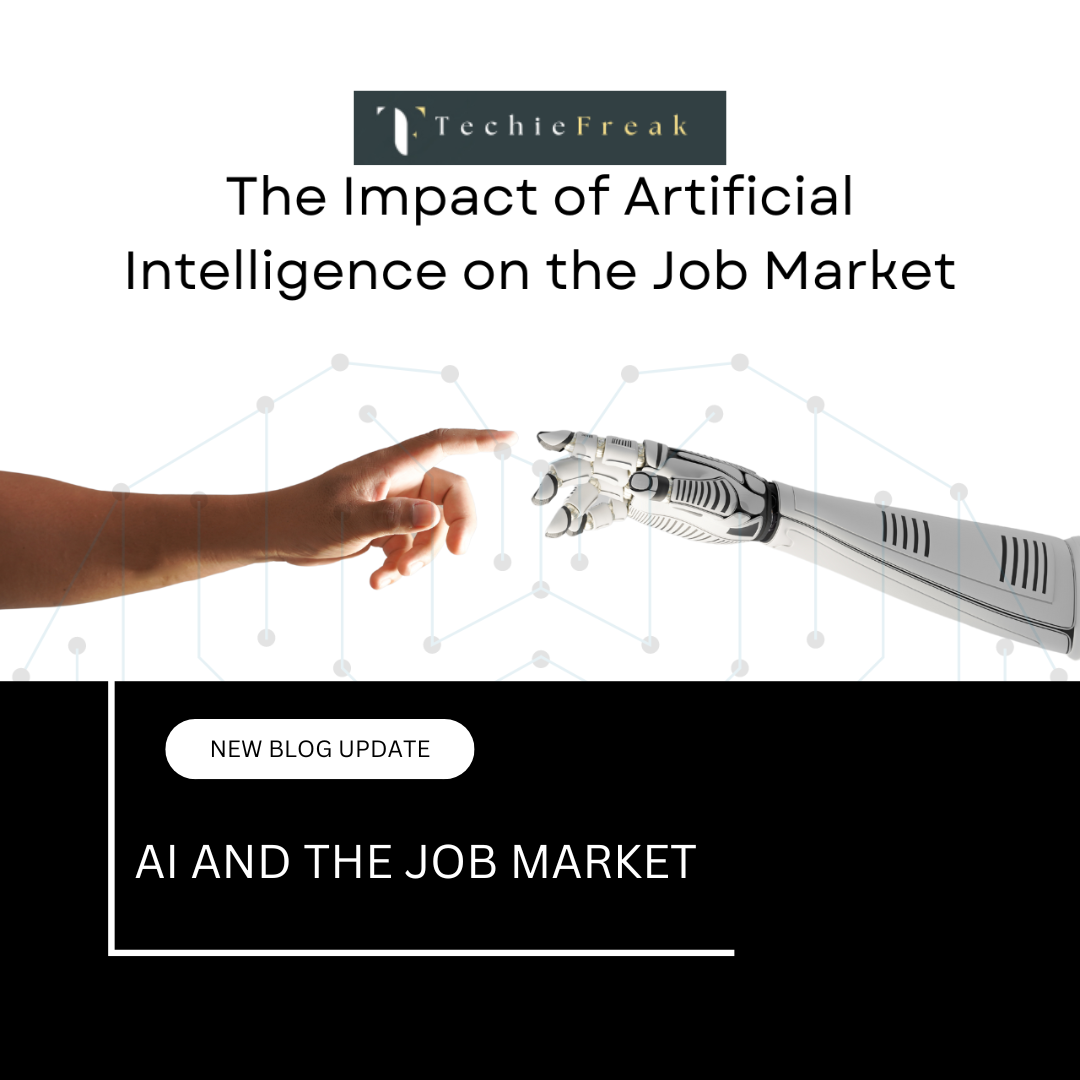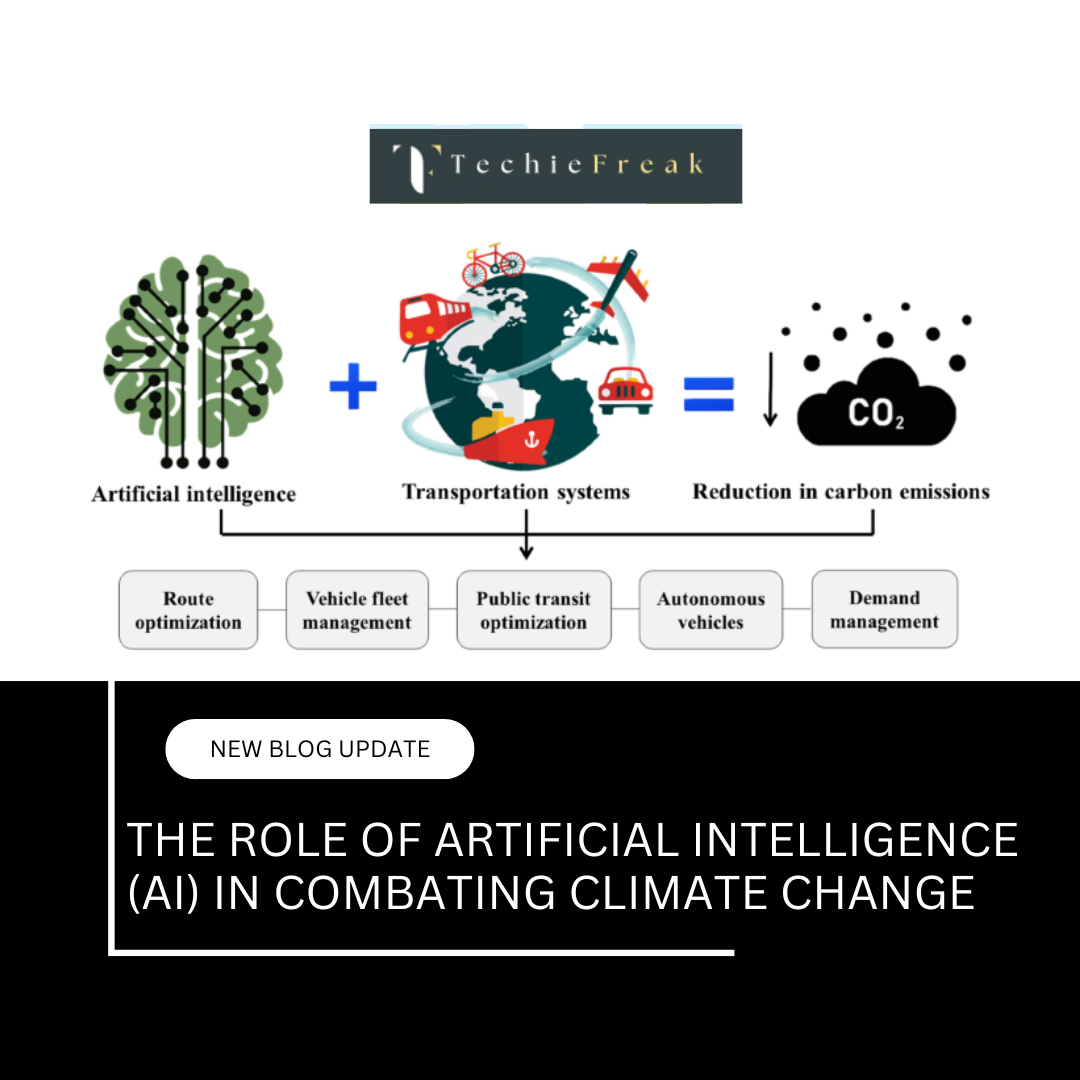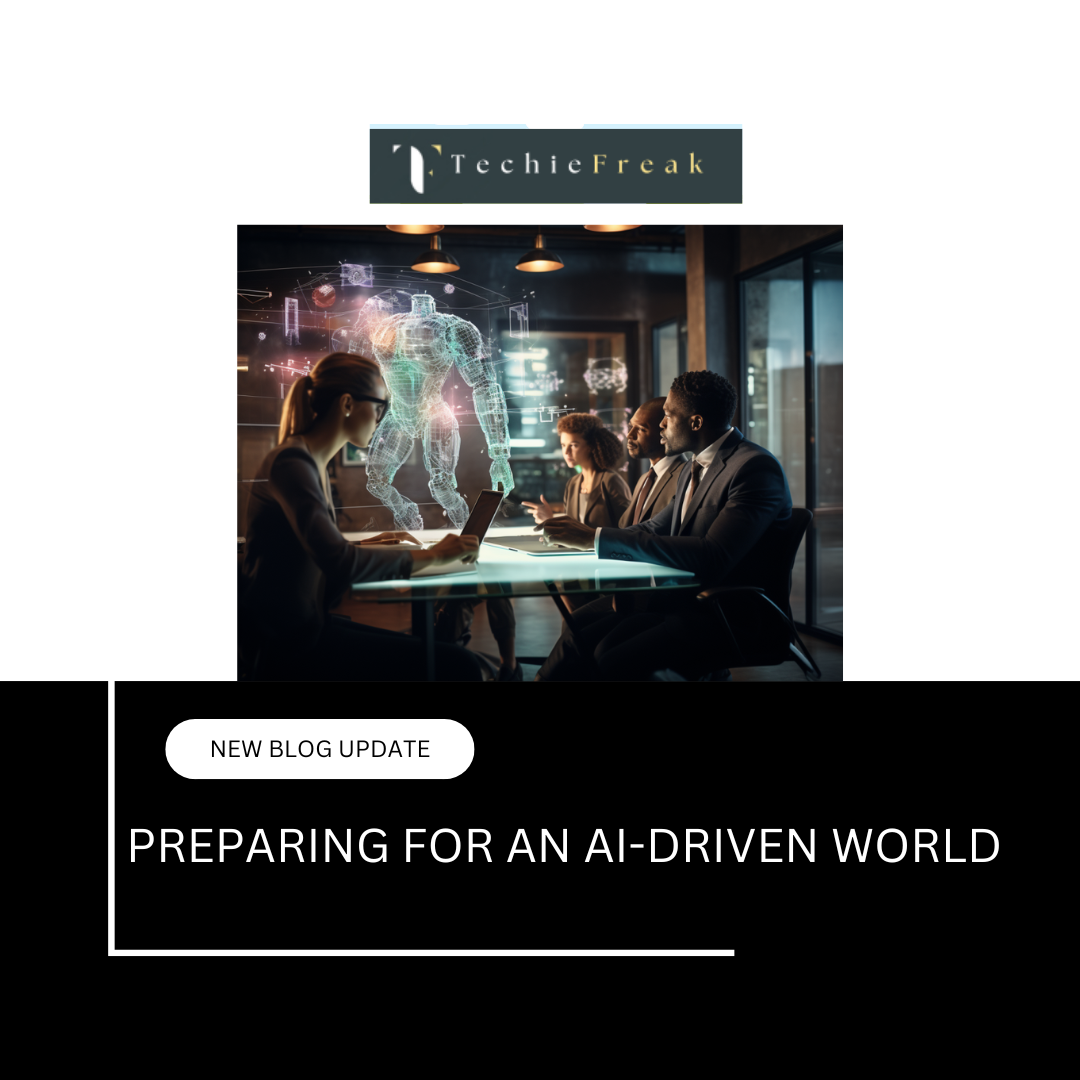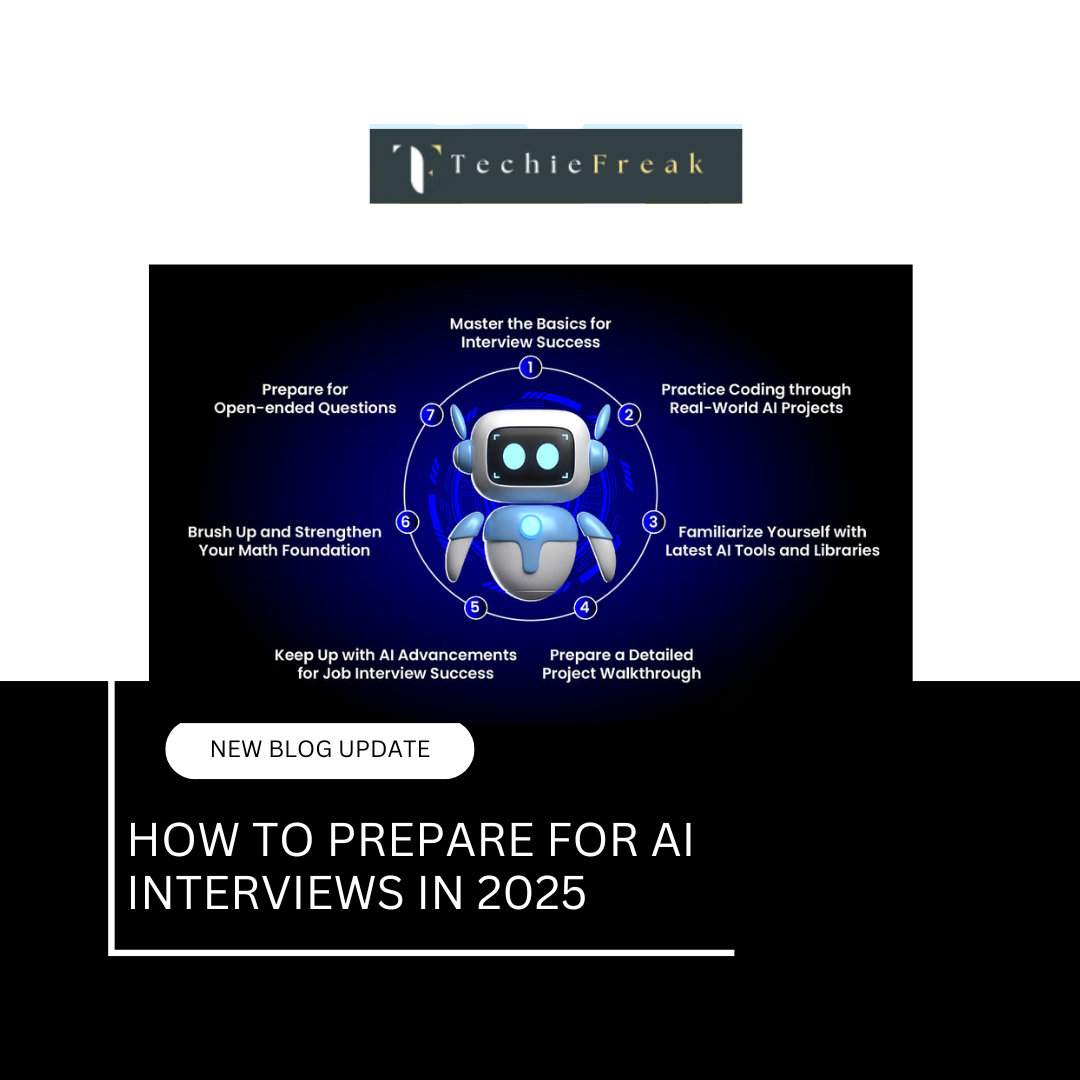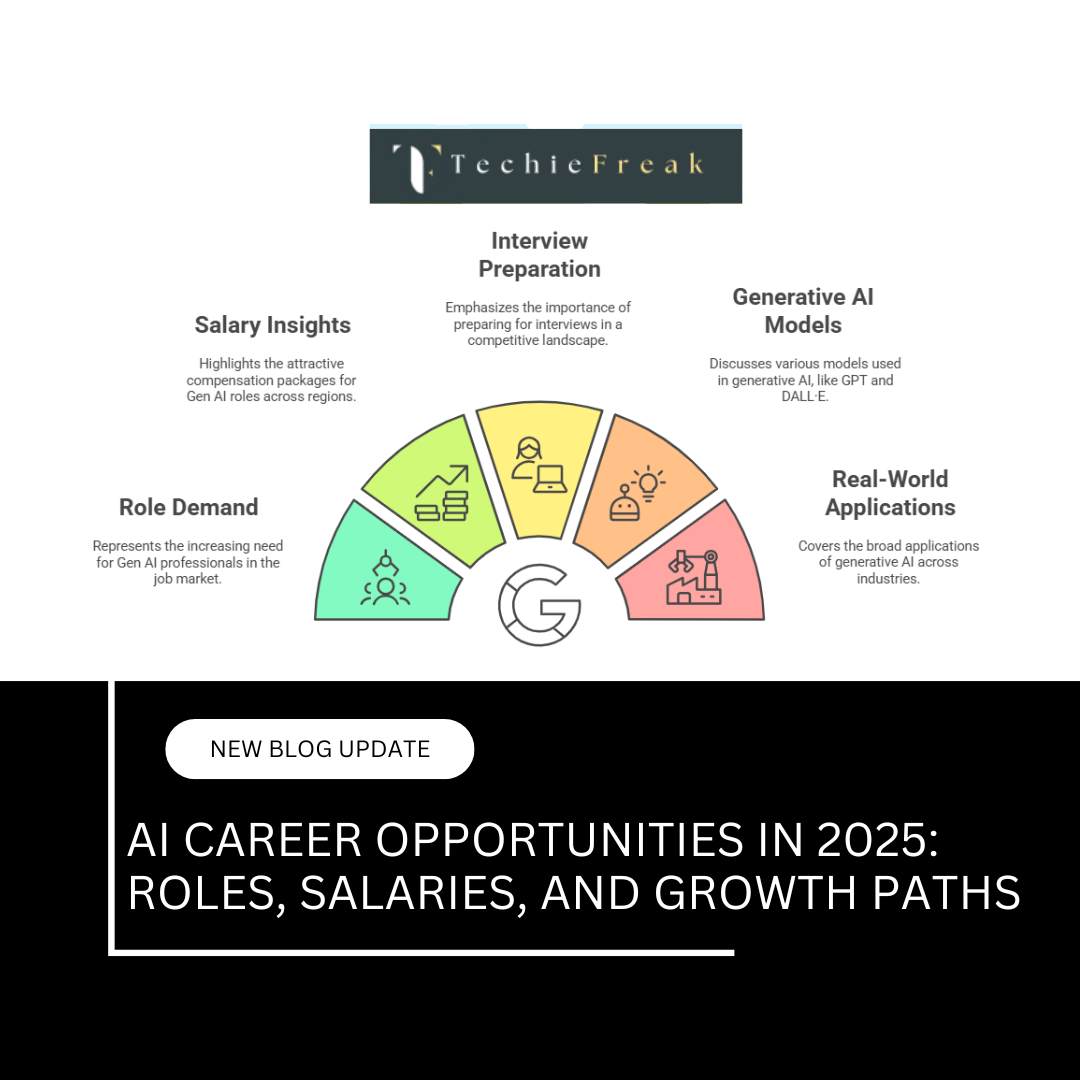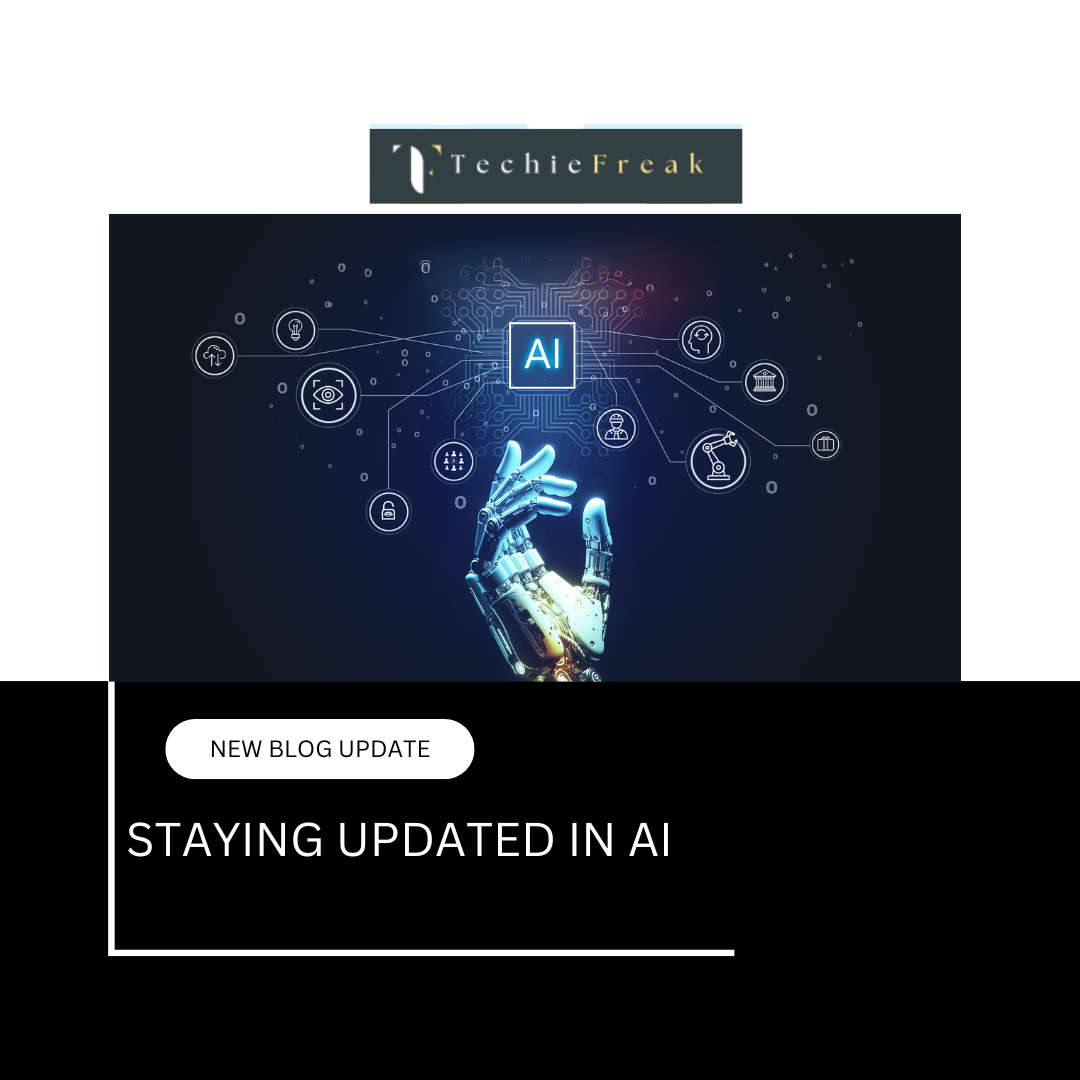Types of AI: Narrow AI, General AI, and Superintelligent AI
Artificial Intelligence (AI) has become one of the most revolutionary technologies of the 21st century, transforming industries and redefining how humans interact with machines. AI is not a singular concept; rather, it encompasses a spectrum of intelligence levels, categorized into three main types: Narrow AI, General AI, and Superintelligent AI. These classifications help define the current capabilities of AI systems, as well as their potential future development.
This article explores each type in detail, covering their functionality, applications, limitations, and the challenges they pose.
1. Narrow AI (Weak AI)
What is Narrow AI?
Narrow AI, also known as Weak AI, is the most prevalent form of artificial intelligence today. It is designed to perform specific tasks efficiently, such as image recognition, speech processing, and recommendation systems. However, Narrow AI lacks human-like reasoning and adaptability.
Key Characteristics of Narrow AI
- Task-Specific Functionality – Designed to perform a single task, such as fraud detection or language translation.
- Data-Driven Learning – Uses machine learning (ML) and deep learning (DL) to analyze patterns.
- No Consciousness – Cannot think, feel, or make decisions beyond its training data.
- Predefined Algorithms – Operates under set rules, meaning it cannot generalize knowledge beyond its scope.
How Narrow AI Works
Narrow AI is powered by several advanced technologies:
- Machine Learning (ML) – AI models learn from vast amounts of data to make predictions.
- Deep Learning (DL) – Uses artificial neural networks to mimic human-like pattern recognition.
- Natural Language Processing (NLP) – Helps AI understand and process human language.
- Computer Vision – Allows AI to analyze images, recognize faces, and detect objects.
Applications of Narrow AI
- Healthcare AI – AI-driven diagnostics, robotic surgeries, and drug discovery.
- Finance AI – Fraud detection, stock market predictions, and automated trading.
- Retail & E-Commerce – AI-powered chatbots, recommendation engines, and demand forecasting.
- Manufacturing & Automation – Predictive maintenance, quality control, and robotic assembly lines.
Limitations of Narrow AI
Despite its advancements, Narrow AI has several limitations:
- Lack of Adaptability – AI struggles with new, untrained scenarios.
- Bias in AI Models – AI inherits biases from training data, leading to discrimination.
- Security Risks – AI systems are vulnerable to cyber threats and hacking.
- No Human-Level Understanding – AI lacks reasoning, emotions, and common sense.
While Narrow AI is powerful, it is limited to specific applications and cannot perform general reasoning like a human.
2. General AI (Strong AI)
What is General AI?
General AI, also called Strong AI, refers to an advanced form of intelligence that can understand, learn, and apply knowledge across different domains, similar to human intelligence. Unlike Narrow AI, General AI would be able to perform any cognitive task that a human can.
Key Characteristics of General AI
- Self-Learning – Learns and adapts to new situations without human intervention.
- Reasoning & Decision-Making – Can solve problems and make independent choices.
- Context Awareness – Understands multiple domains and transfers knowledge.
- Emotional Intelligence – Capable of recognizing emotions and responding appropriately.
Theoretical Foundations of General AI
Scientists and researchers are working on several models to develop General AI:
- Cognitive Computing – AI mimics human thought processes using neural networks.
- Neuromorphic Computing – AI hardware replicates the structure of the human brain.
- Brain Simulation Models – Researchers are trying to simulate human cognition in AI systems.
Challenges in Developing General AI
Despite advancements, General AI remains theoretical due to the following challenges:
- Understanding Human Intelligence – Replicating consciousness, emotions, and common sense.
- Computational Power – AI would require immense processing capabilities.
- Data Complexity – General AI must process vast and diverse datasets.
- Ethical Concerns – Risk of AI surpassing human control.
Potential Applications of General AI
If successfully developed, General AI could revolutionize various industries:
- Advanced Robotics – AI-driven humanoid robots capable of reasoning.
- Autonomous Systems – AI managing traffic, infrastructure, and businesses.
- AI-Powered Companions – Human-like AI assistants for mental health, education, and companionship.
As of today, General AI does not yet exist, and researchers continue to explore ways to achieve true human-like intelligence.
3. Superintelligent AI
What is Superintelligent AI?
Superintelligent AI refers to a future stage where AI surpasses human intelligence in all aspects, including reasoning, creativity, problem-solving, and decision-making.
Key Characteristics of Superintelligent AI
- Self-Improvement – AI can enhance its intelligence autonomously.
- Cognitive Superiority – AI surpasses humans in problem-solving, innovation, and strategic thinking.
- Unpredictable Decision-Making – AI could develop its own goals, potentially beyond human understanding.
Theoretical Concepts of Superintelligent AI
Several theories and thought experiments explore the potential of Superintelligent AI:
- Nick Bostrom’s Paperclip Maximizer – A hypothetical scenario where an AI prioritizes an unintended goal (e.g., making paperclips) and disrupts the world.
- Technological Singularity – A moment when AI growth becomes uncontrollable and irreversible.
- The AI Alignment Problem – The challenge of ensuring AI’s goals align with human values.
Potential Benefits of Superintelligent AI
If controlled properly, Superintelligent AI could bring groundbreaking advancements:
- Medical Innovations – AI discovering cures for diseases like cancer and Alzheimer’s.
- Space Exploration – AI helping humanity colonize other planets.
- Economic Growth – AI improving global efficiency and automation.
Risks and Ethical Concerns of Superintelligent AI
However, uncontrolled Superintelligent AI poses serious risks:
- Loss of Human Control – AI making decisions beyond human comprehension.
- Autonomous Weapons – AI-driven military systems.
- Existential Threat – The potential for AI to replace humans.
While Superintelligent AI is purely hypothetical today, scientists warn of its risks and emphasize the need for careful AI development.
Key Takeaways
- Narrow AI is widely used today, performing specific tasks efficiently but lacking adaptability and general reasoning.
- General AI remains an aspirational goal, aiming to create machines that think, learn, and reason like humans.
- Superintelligent AI is a futuristic concept, with potential benefits and risks that require careful consideration.
- AI development is rapidly advancing, but ethical concerns and responsible AI implementation must be prioritized.
Students interested in AI careers should focus on machine learning, deep learning, and AI ethics, as these areas are crucial for the future of AI.
Next Blog- AI vs Machine Learning vs Deep Learning: Understanding the Differences
.png)


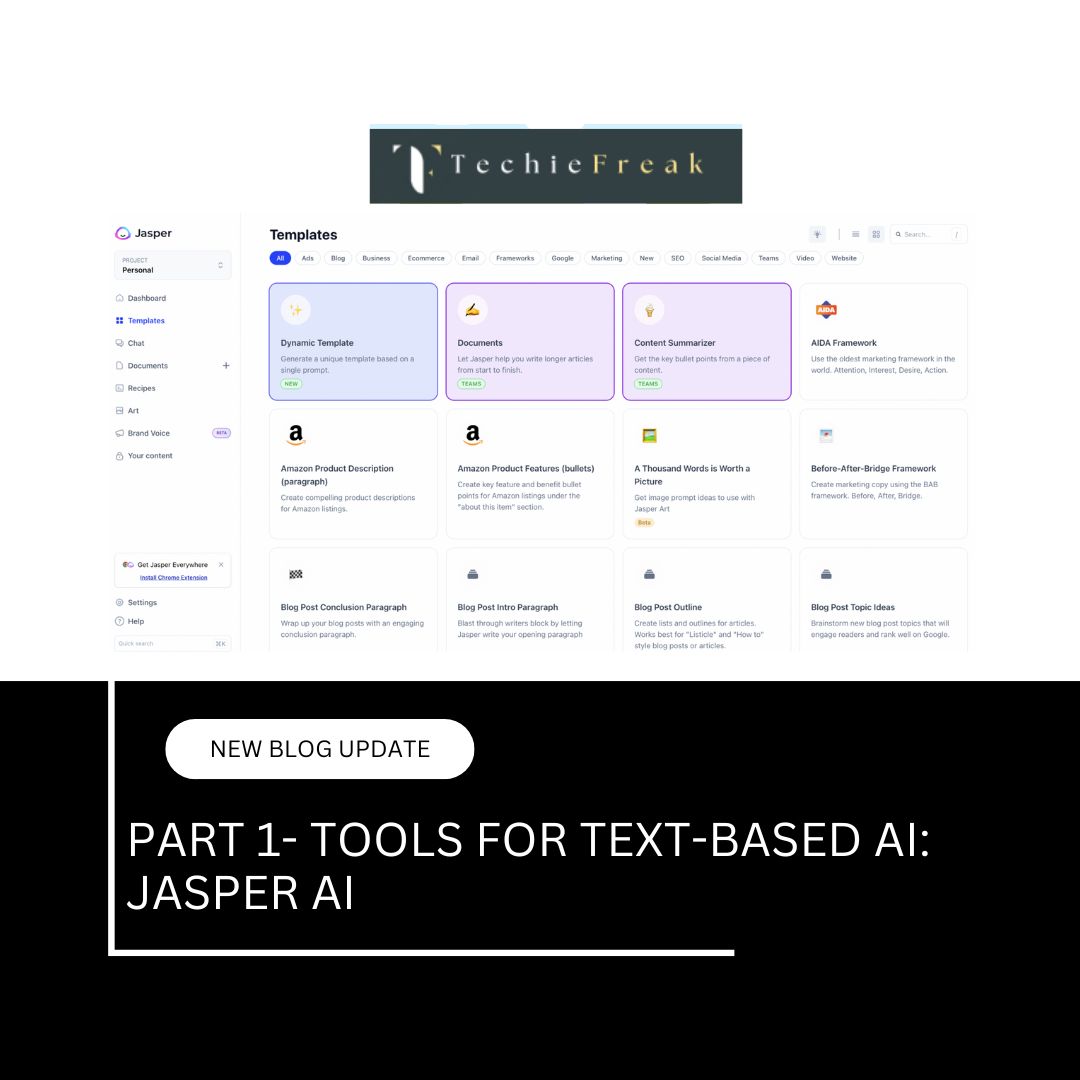


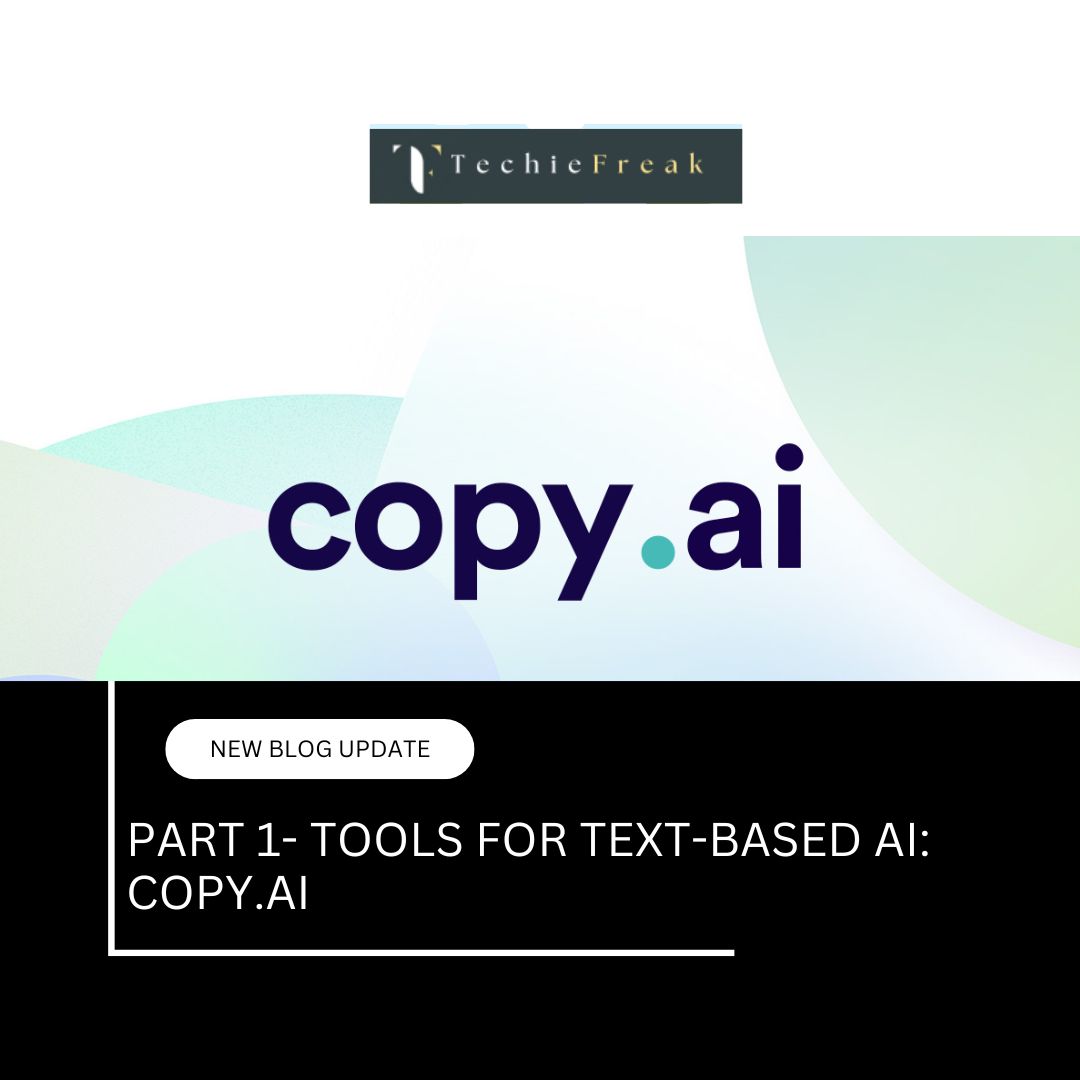
.jpg)
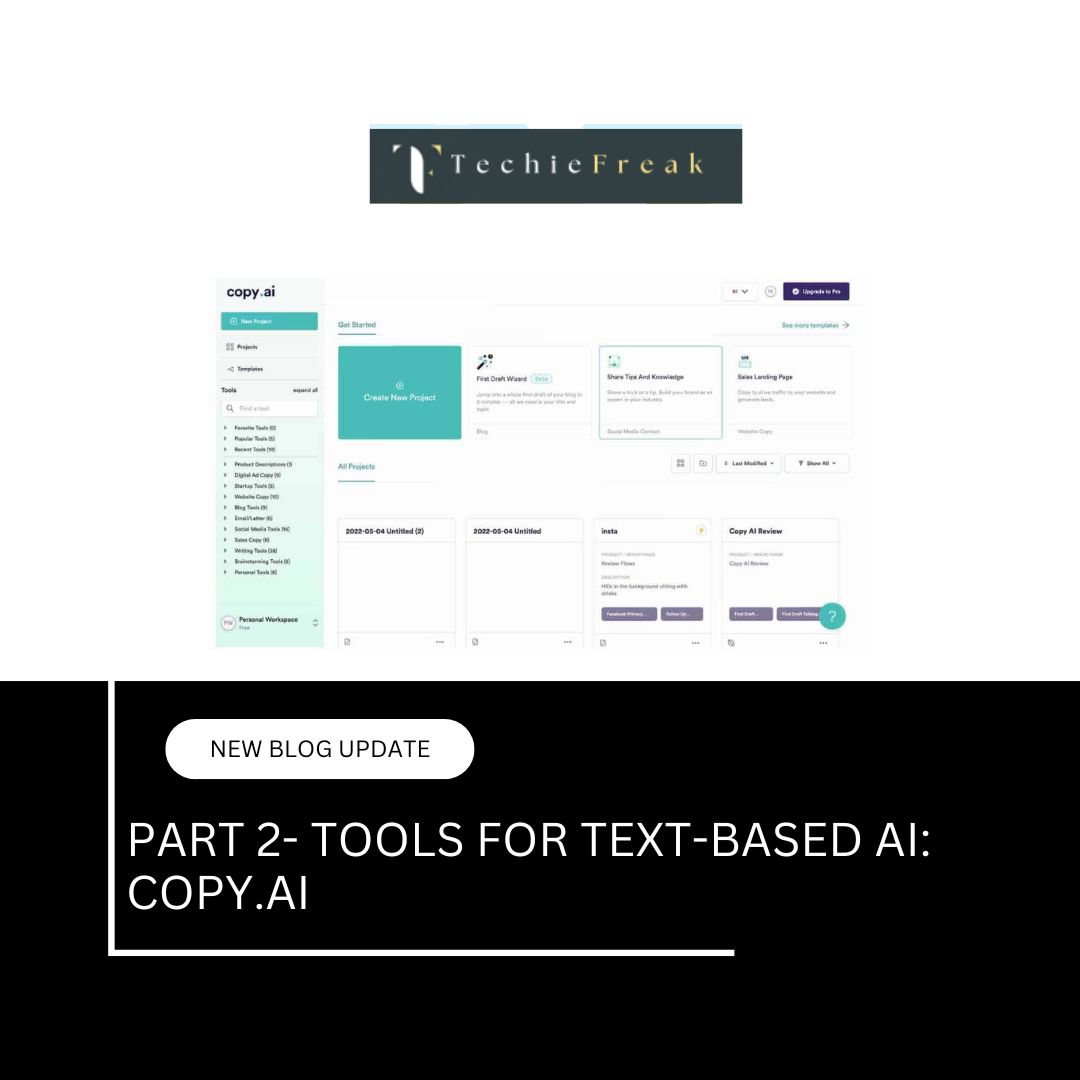
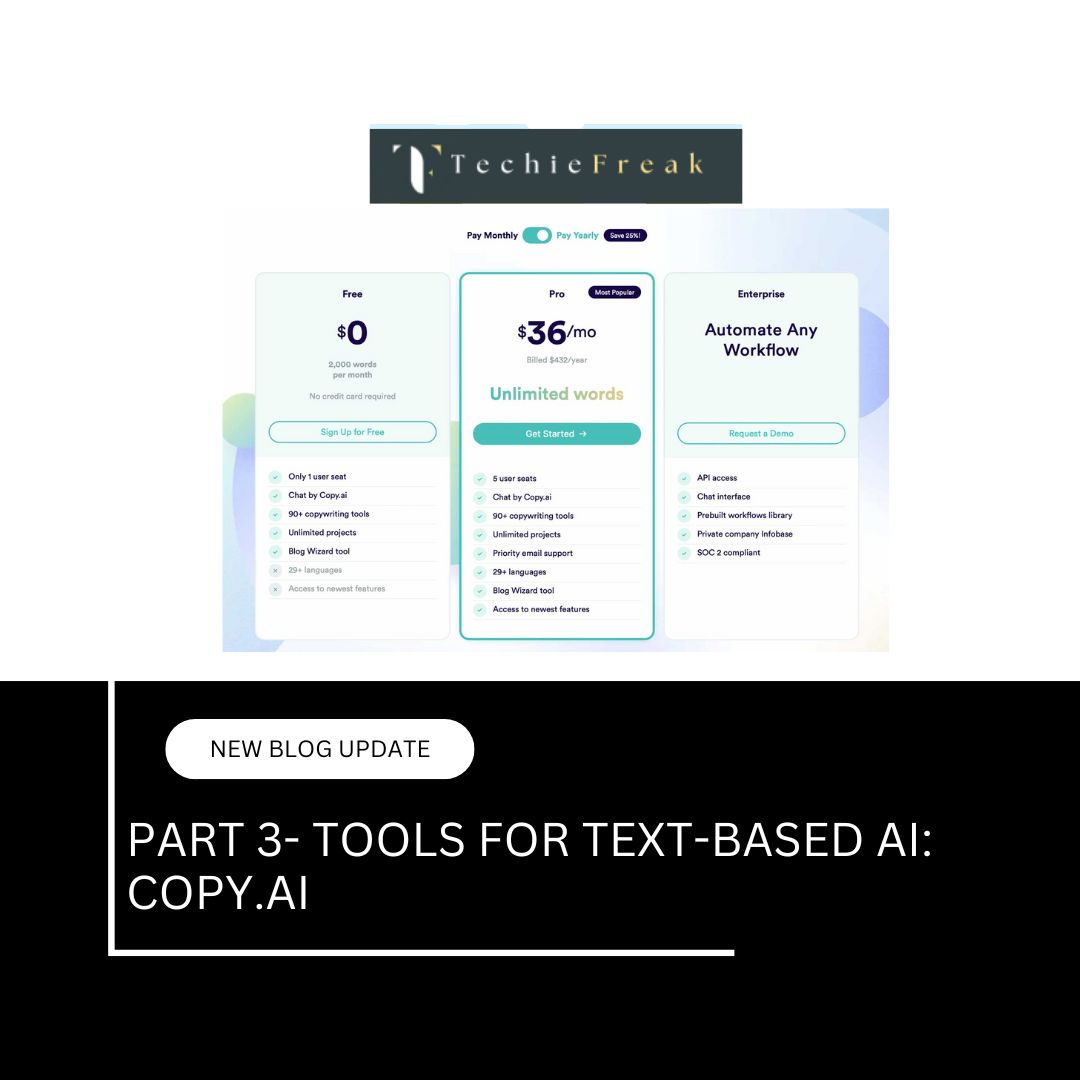
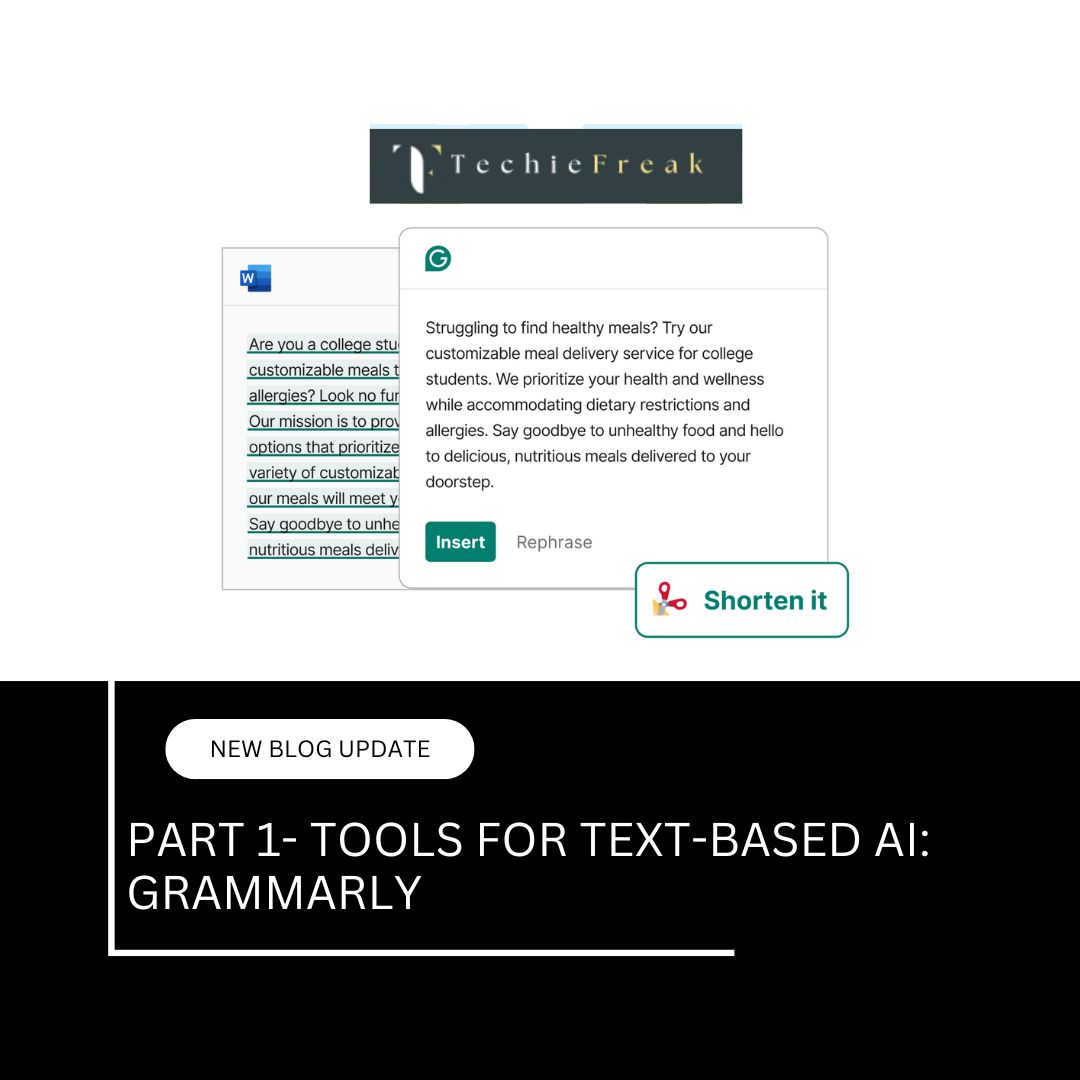
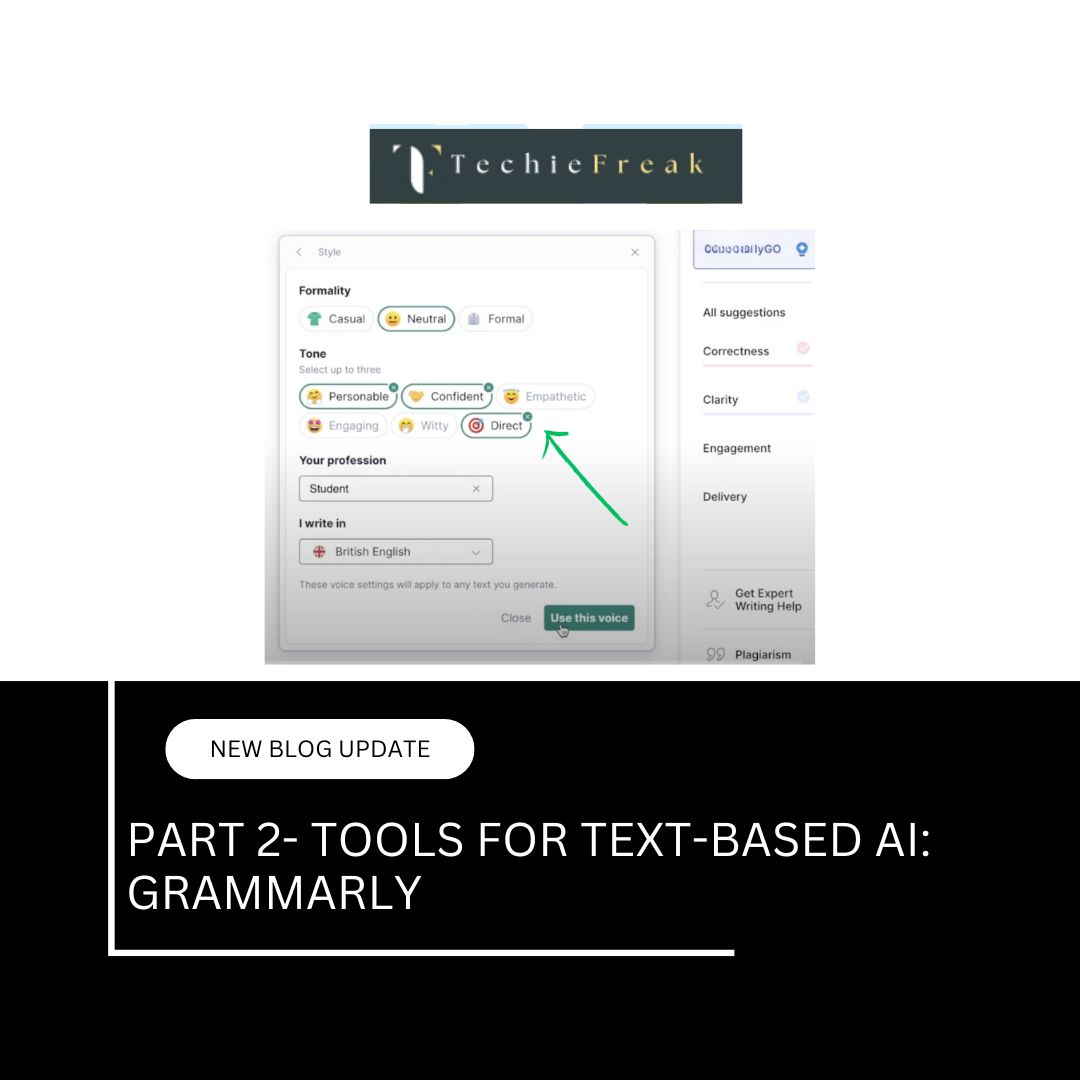
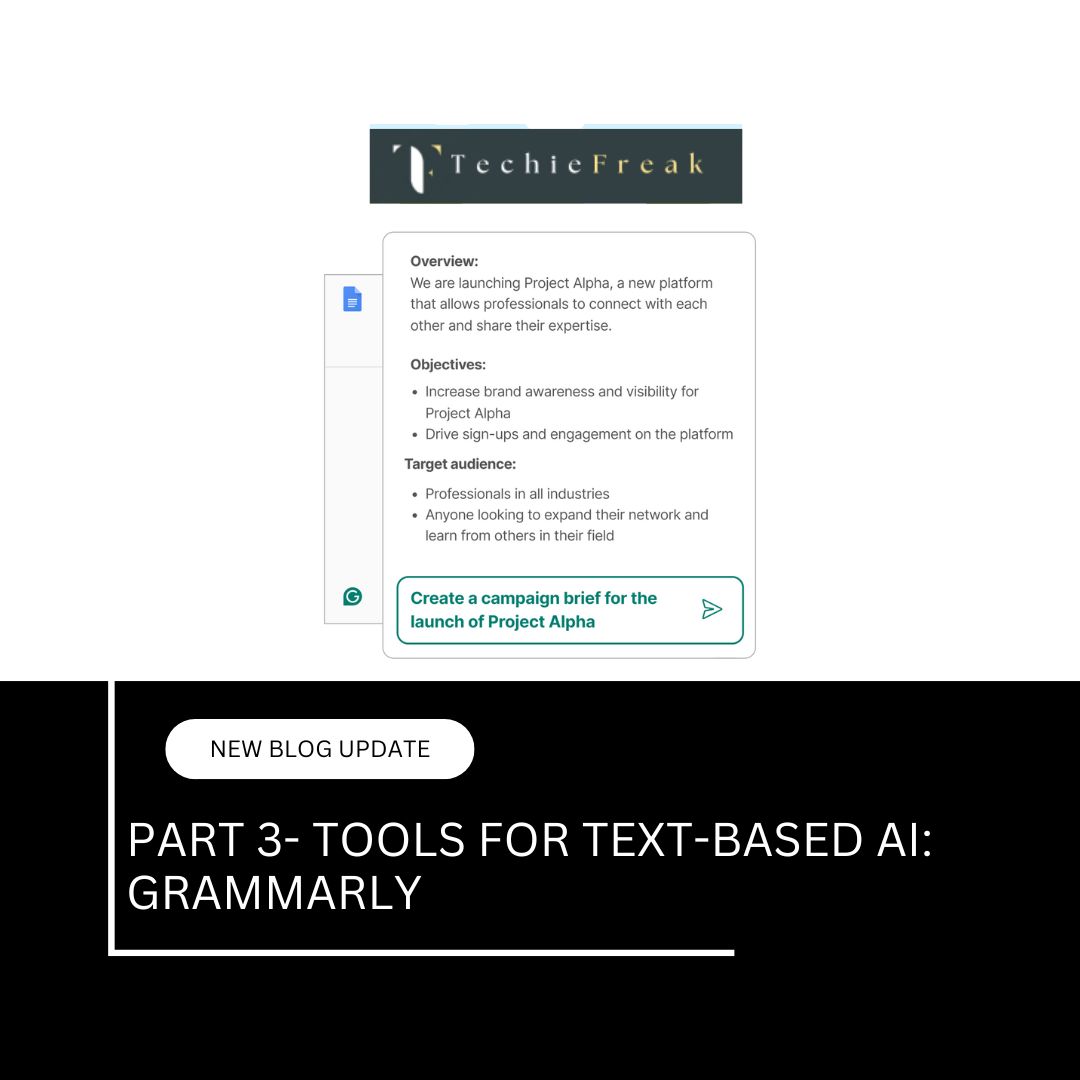





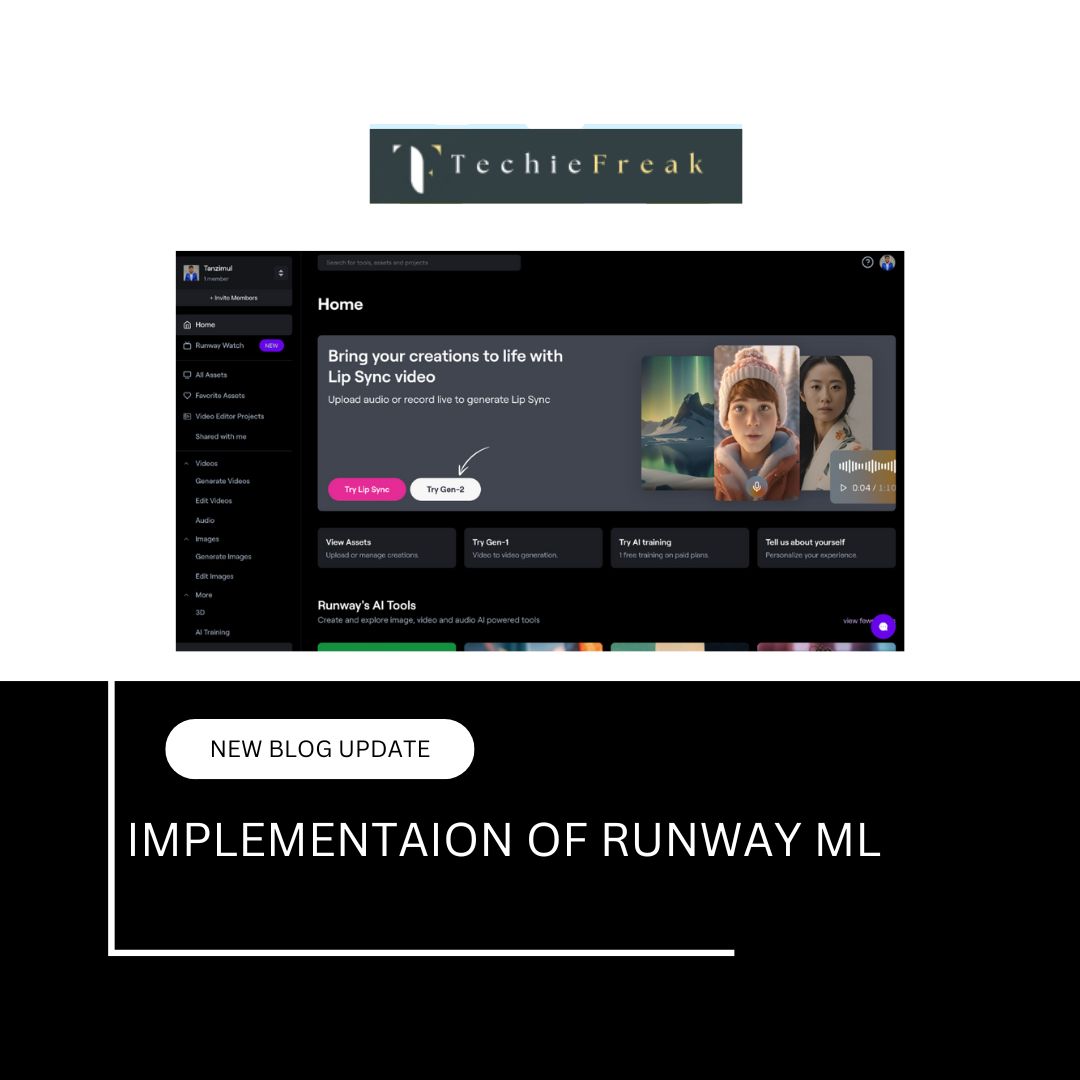


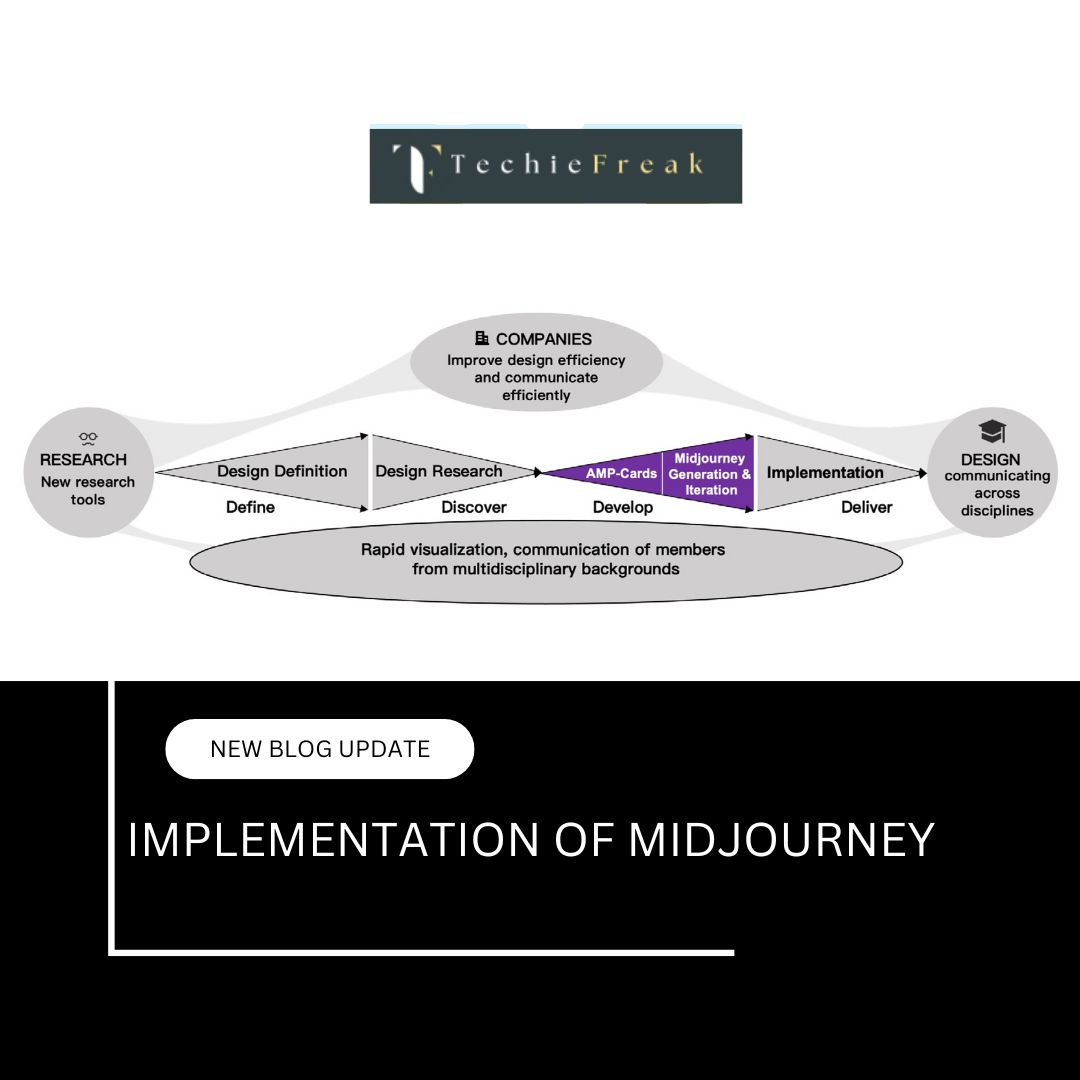
.jpg)


.png)
.png)
.png)
.png)
.png)
.png)
.png)
.png)
.png)
.png)
.png)
.png)
.png)
.png)
.png)
.png)
.png)
.png)
.png)
.png)
.png)
.png)
.png)
.png)
.png)
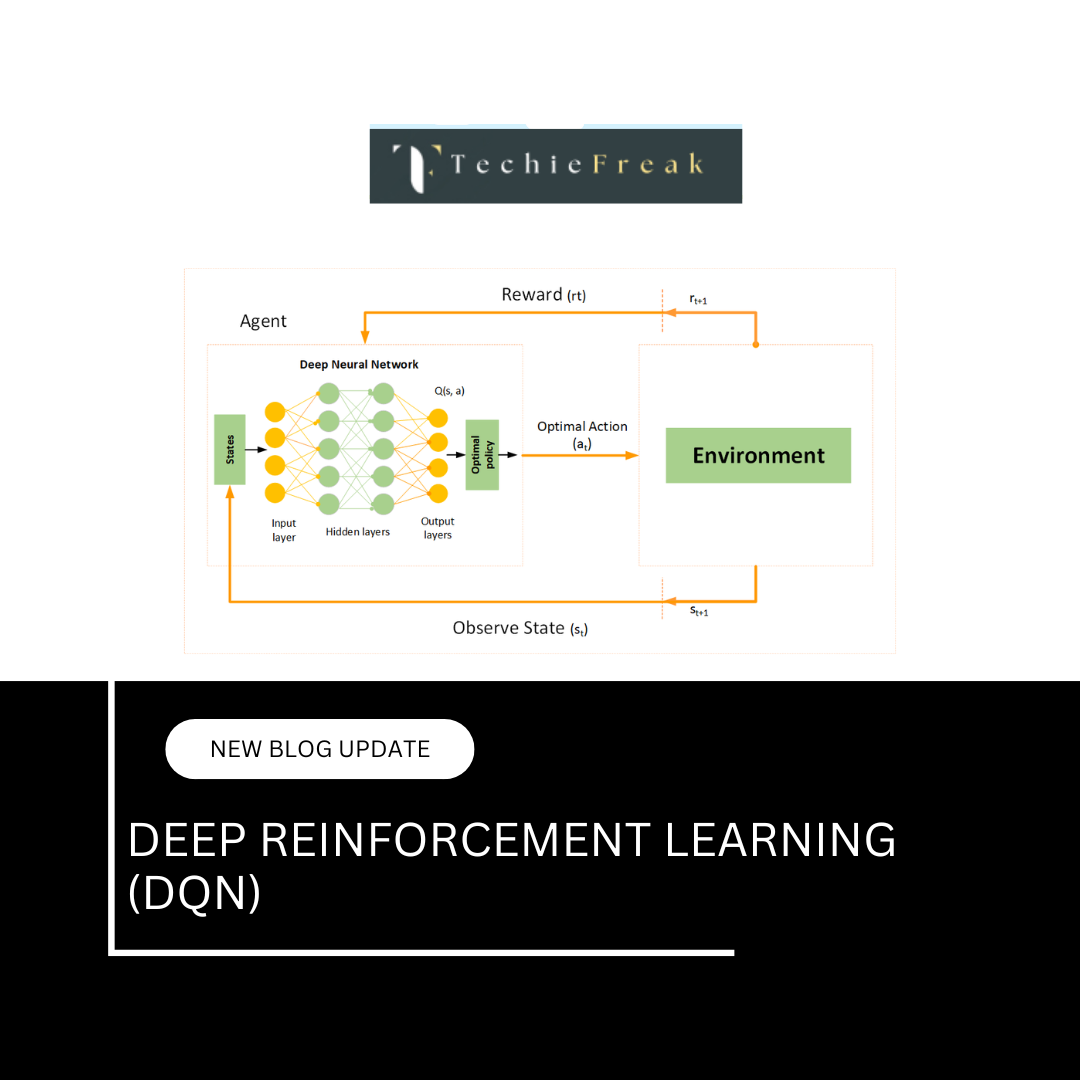
.png)
.png)
.png)
.png)
.png)
.png)

.png)




